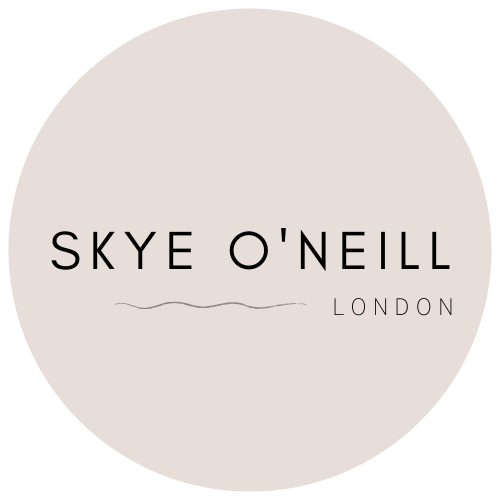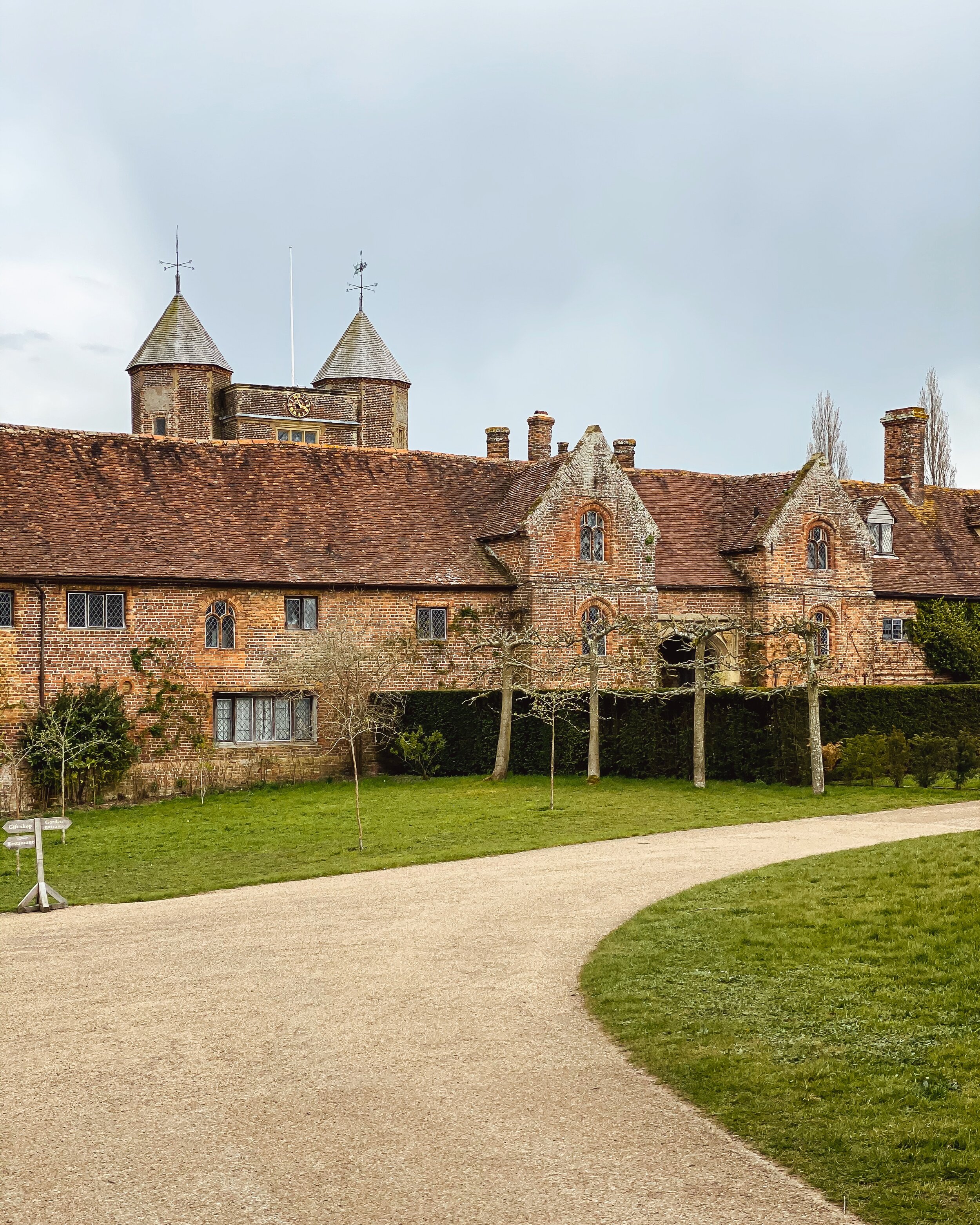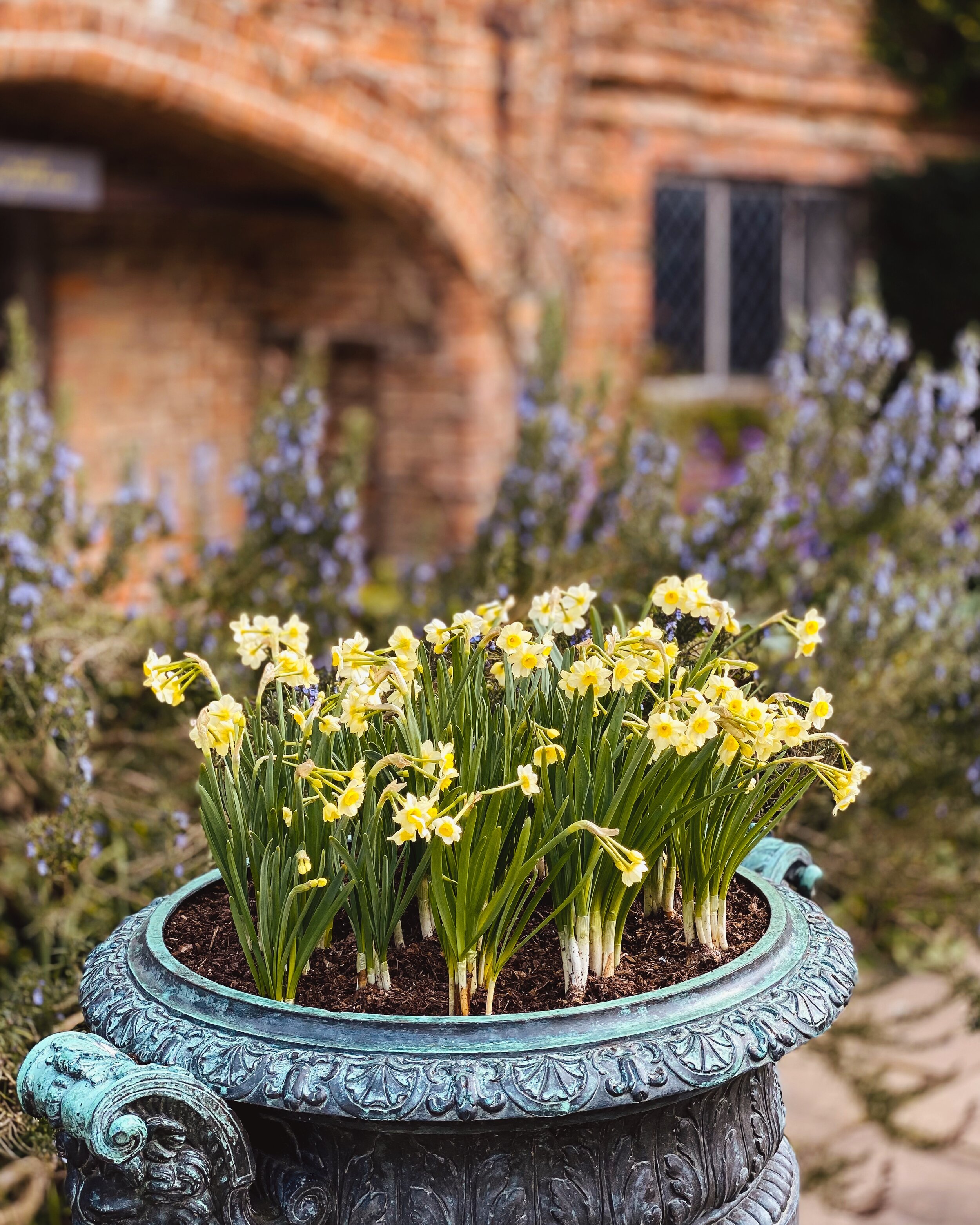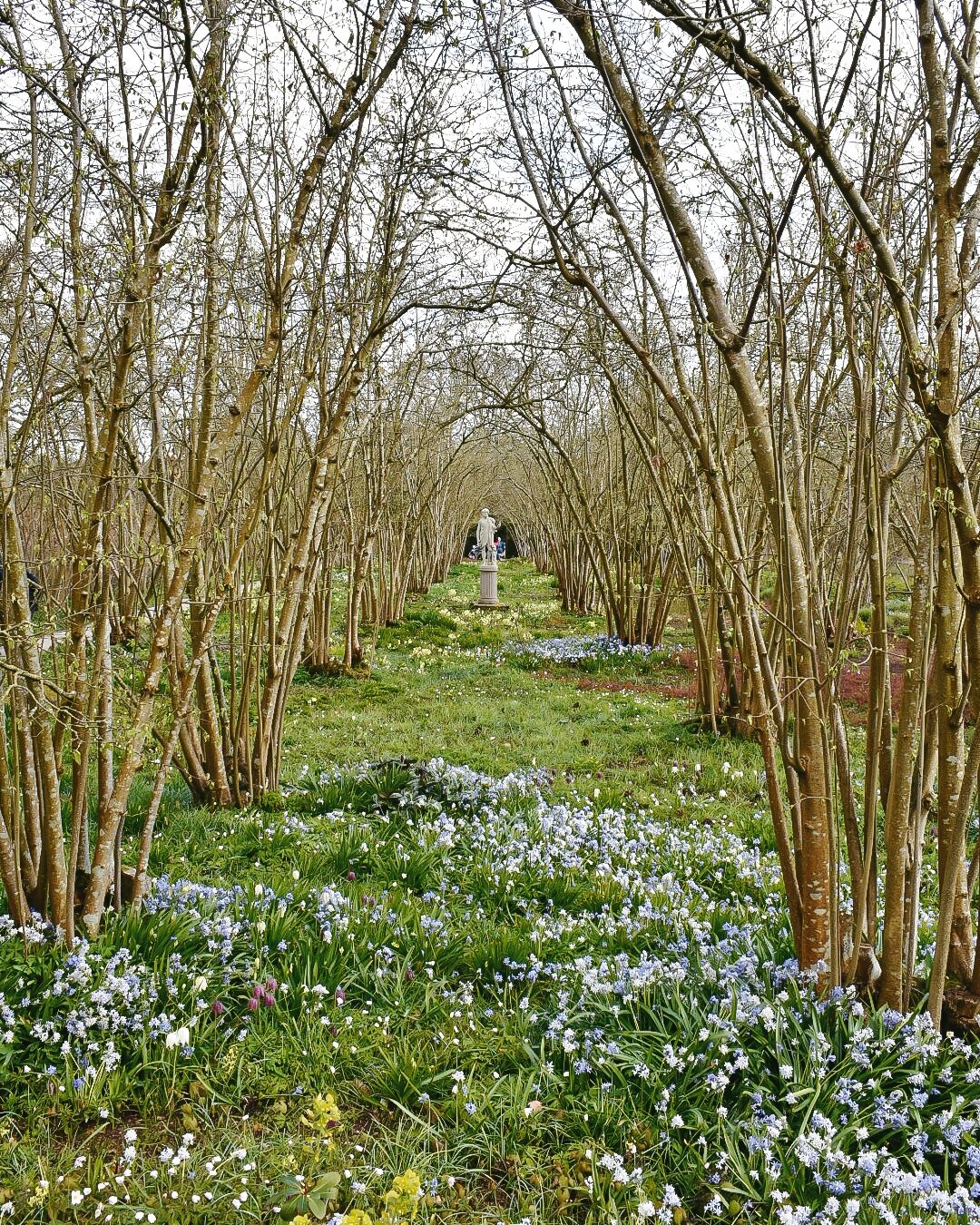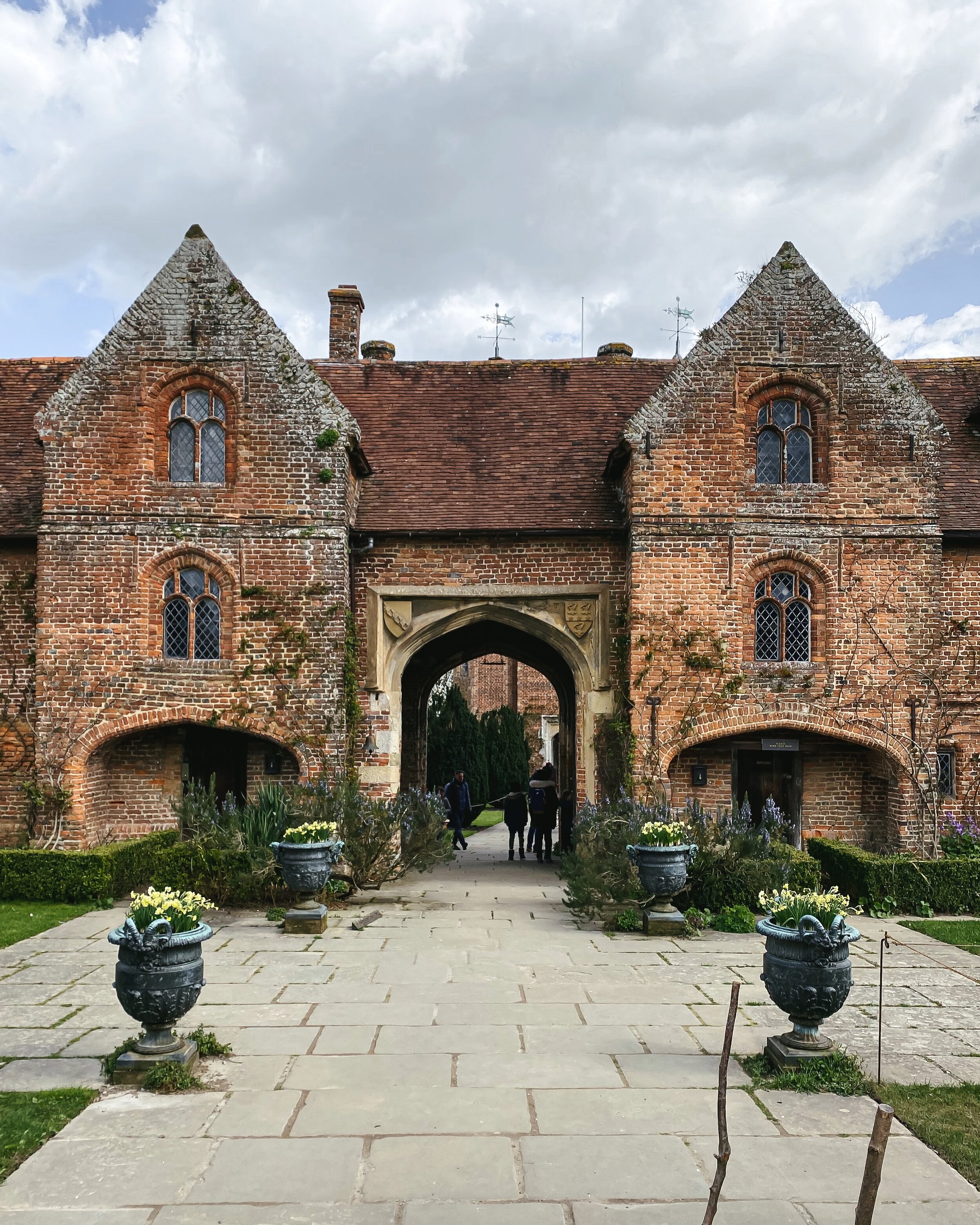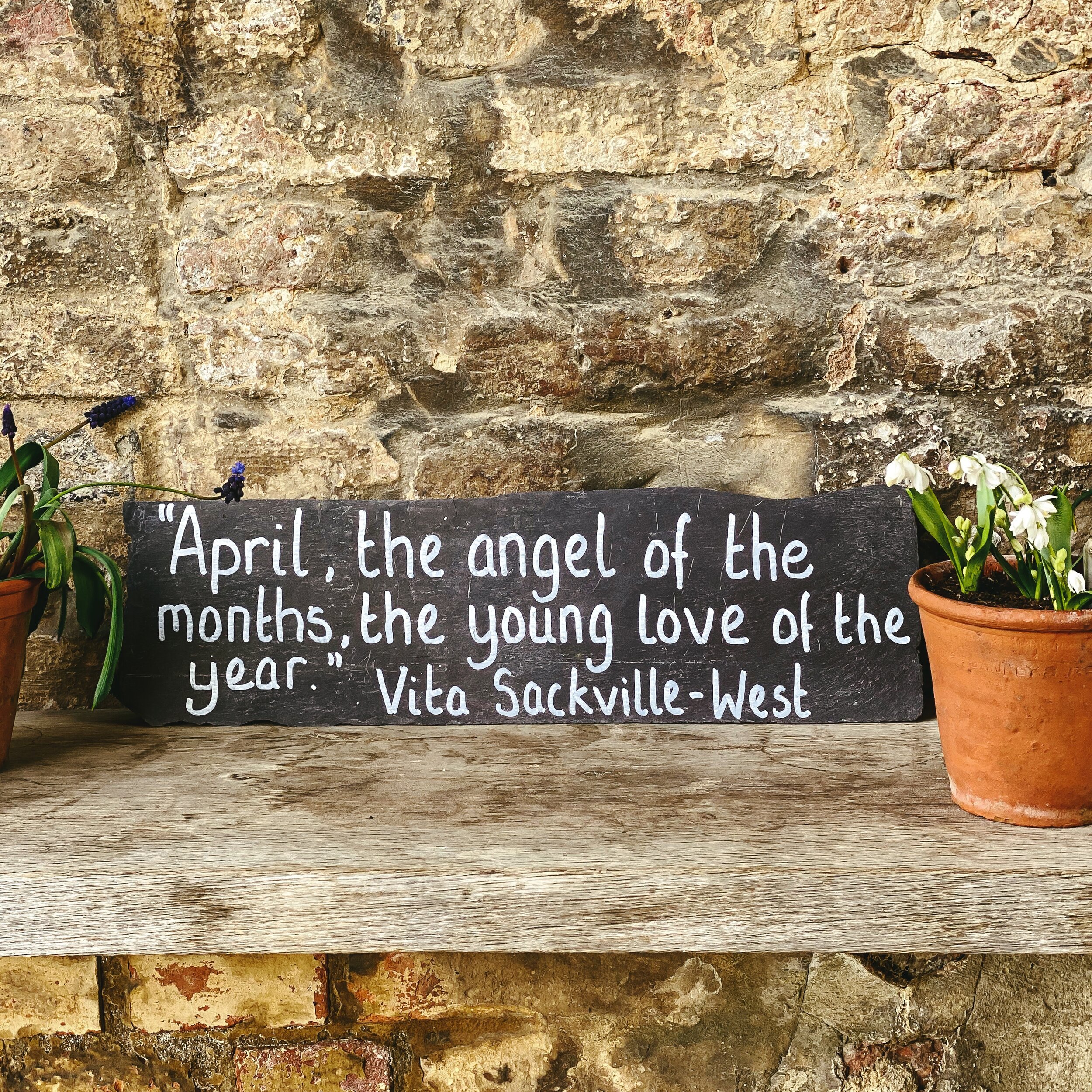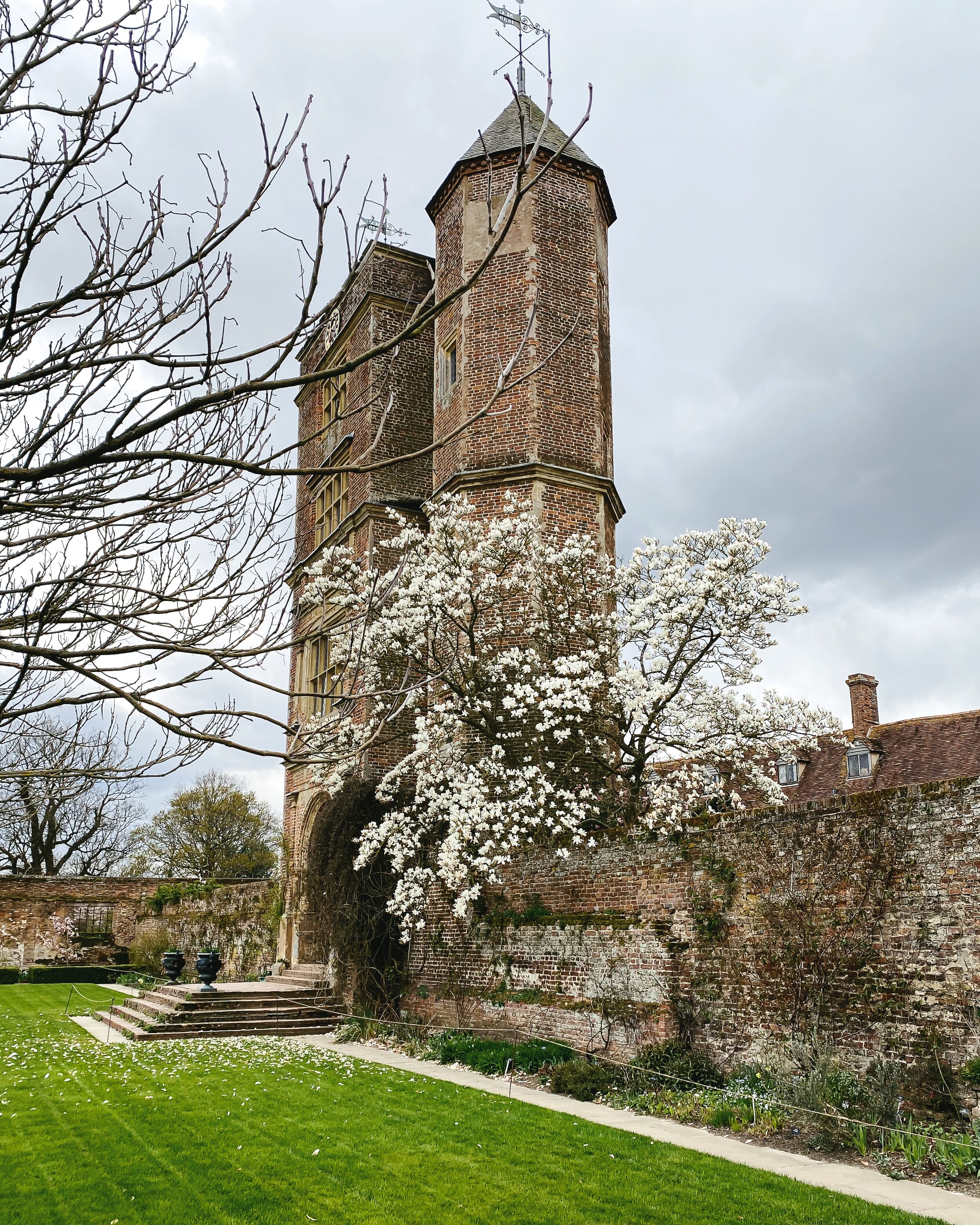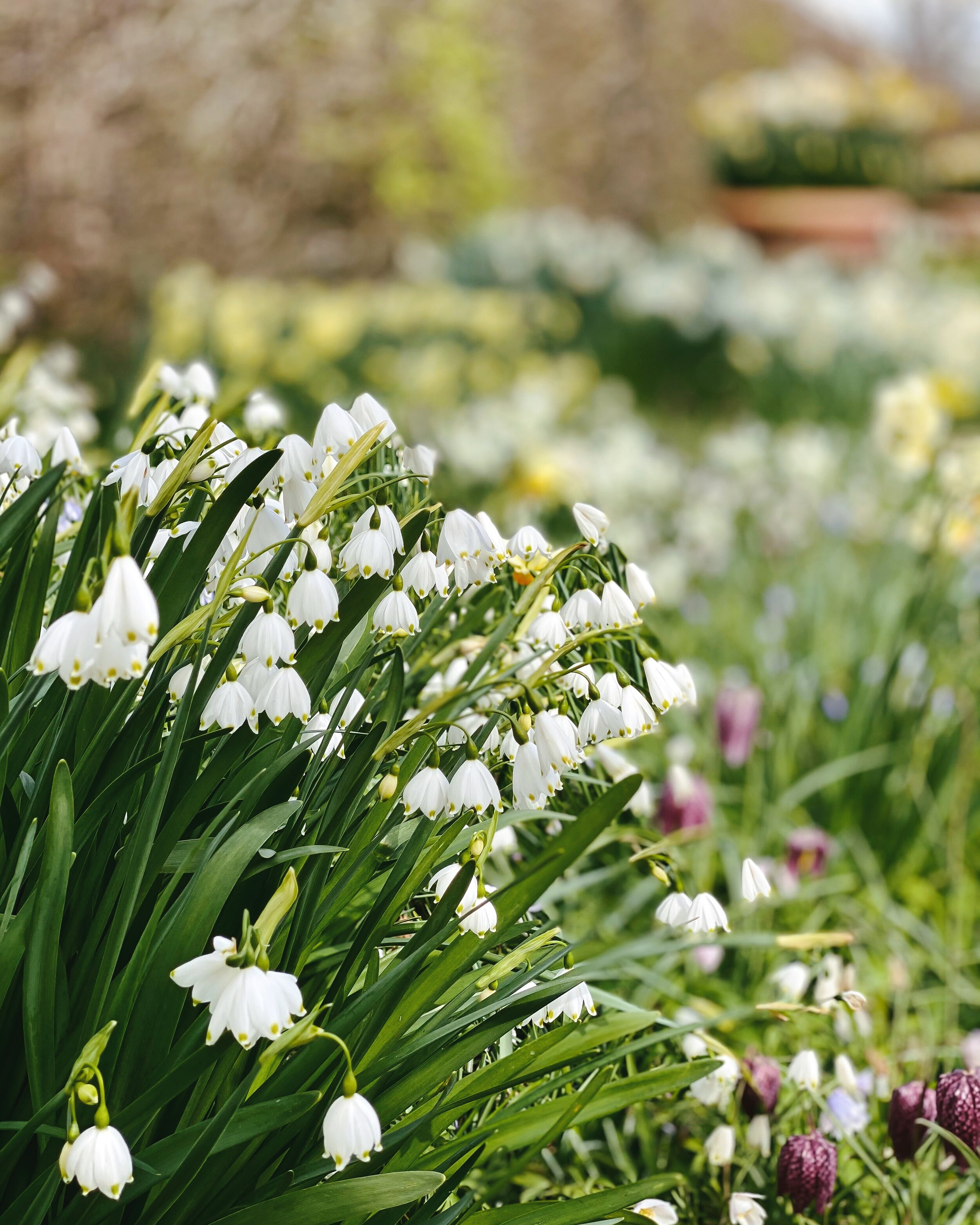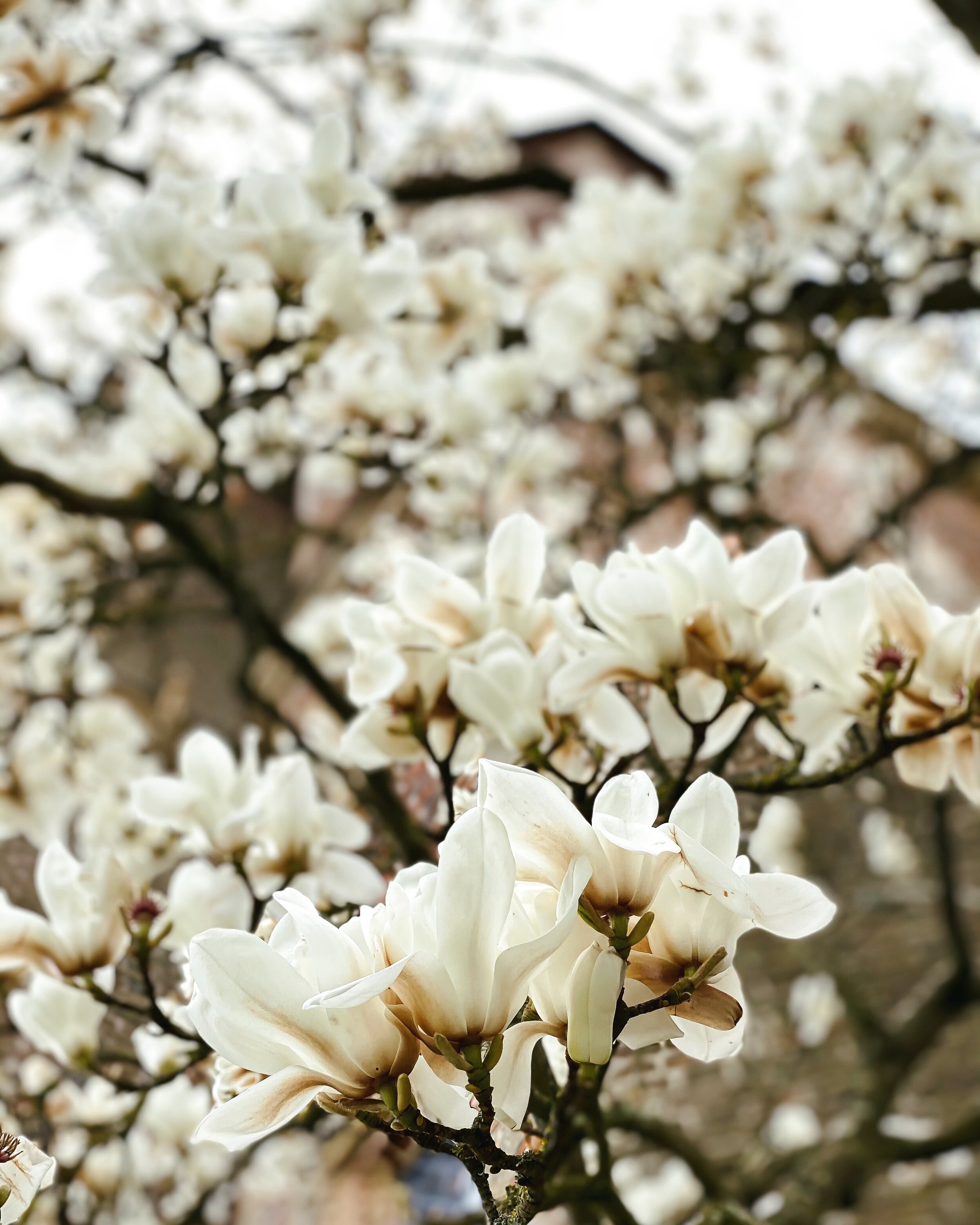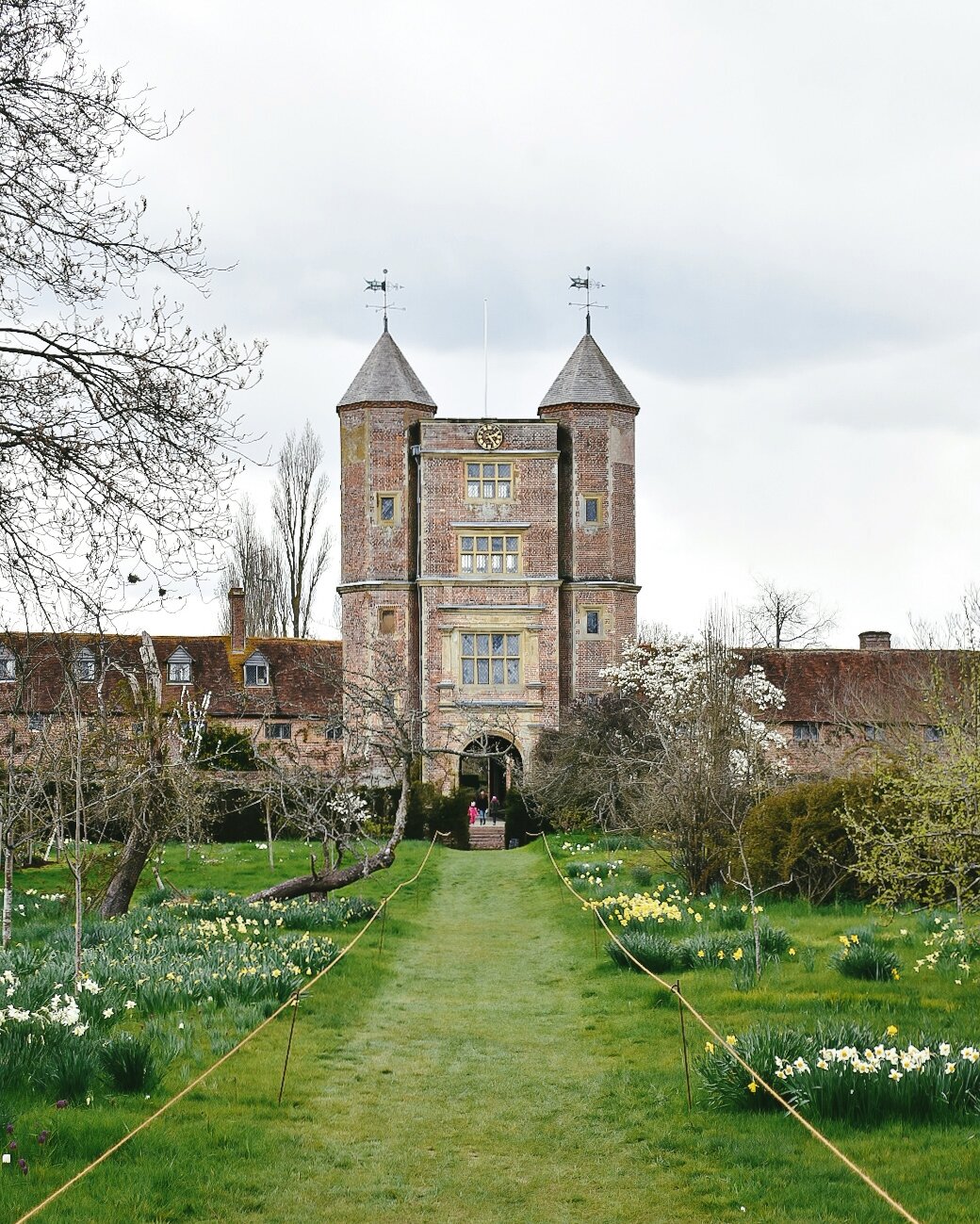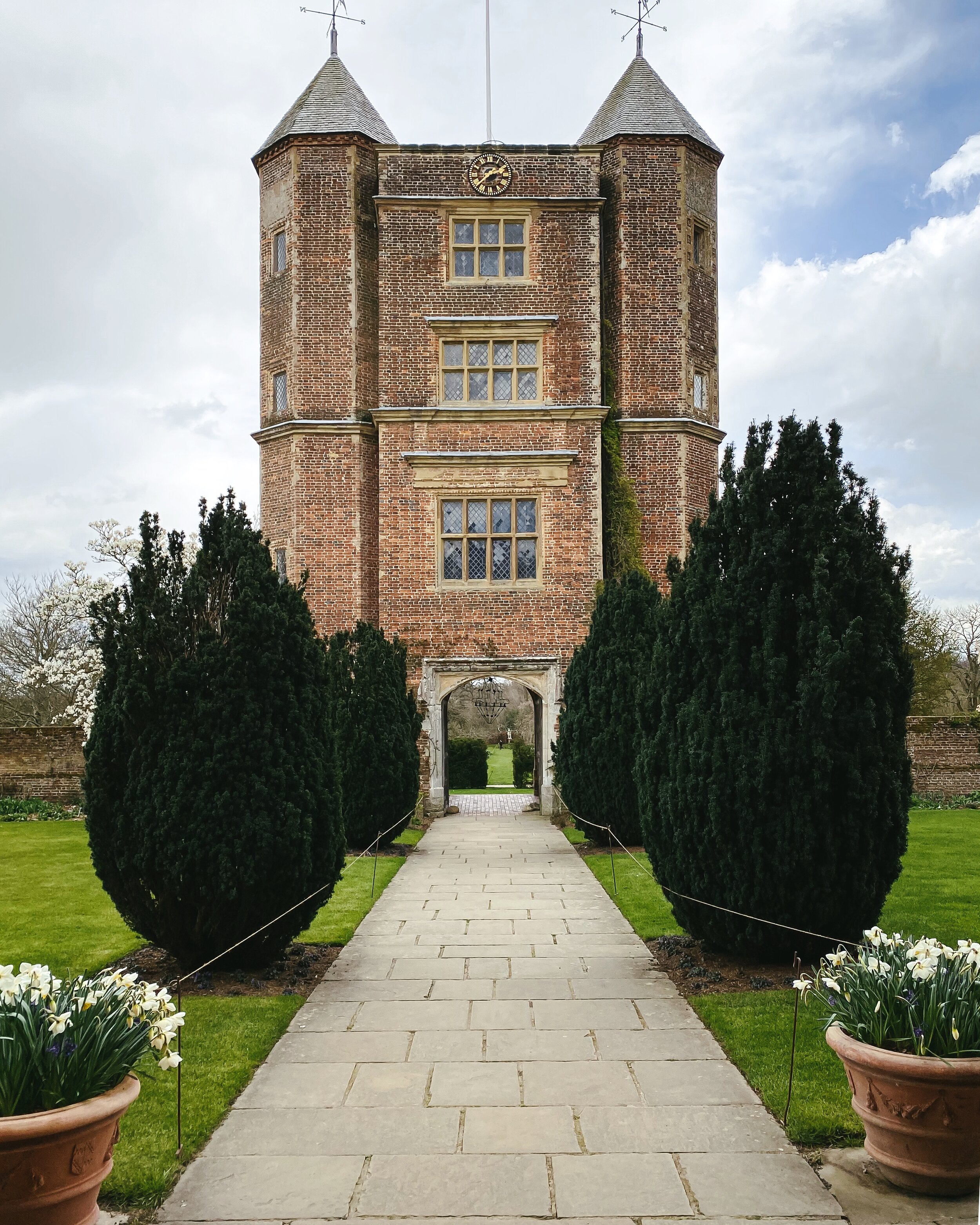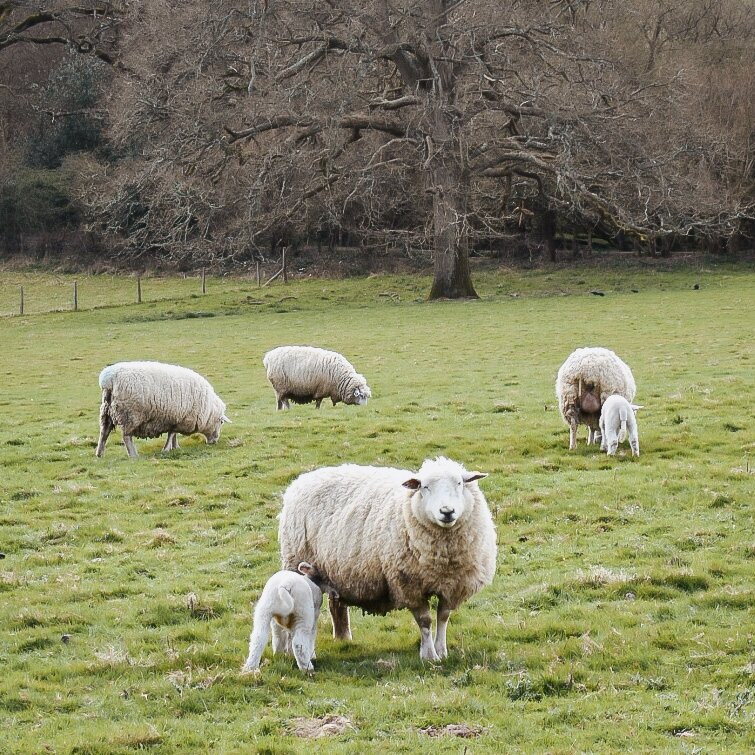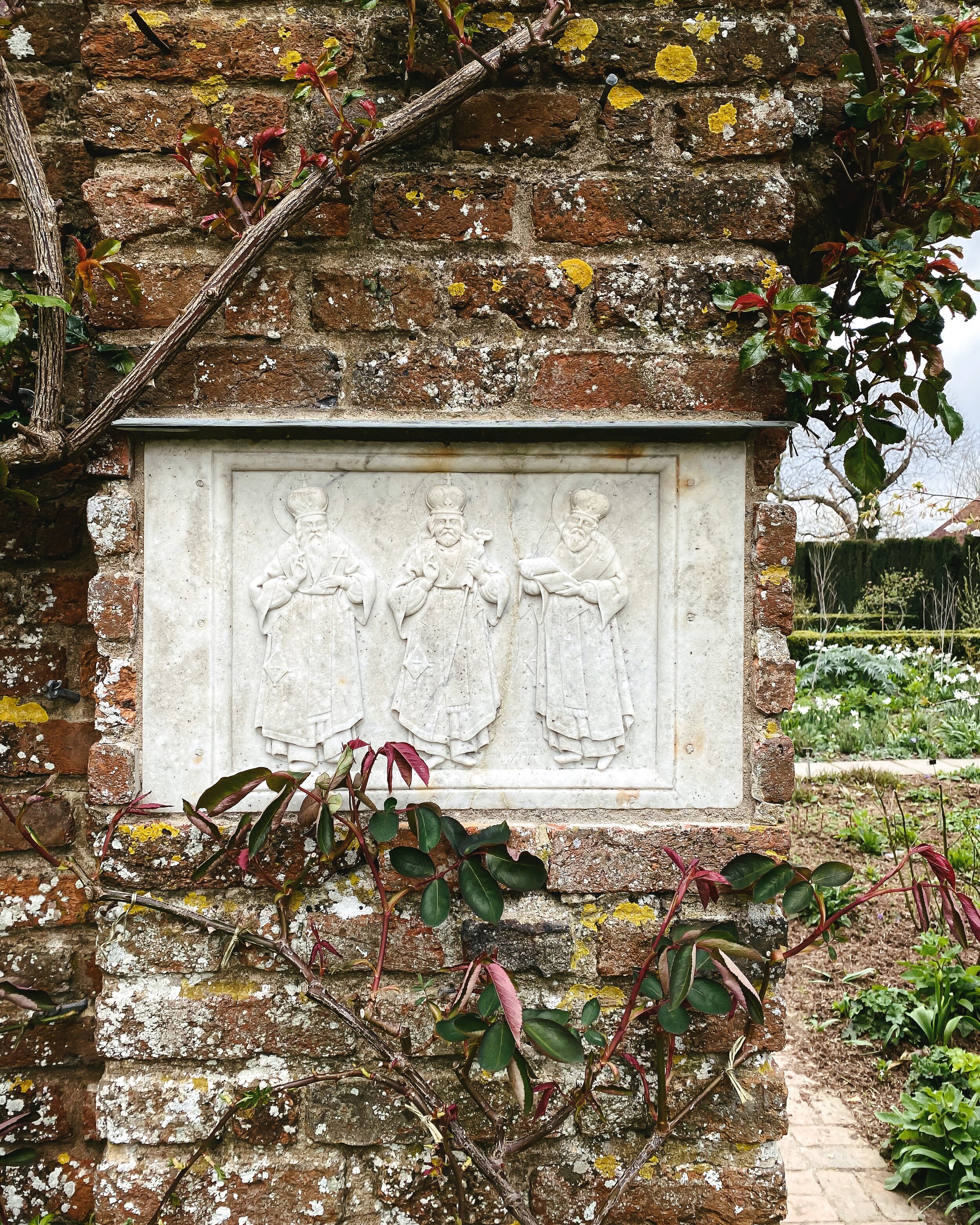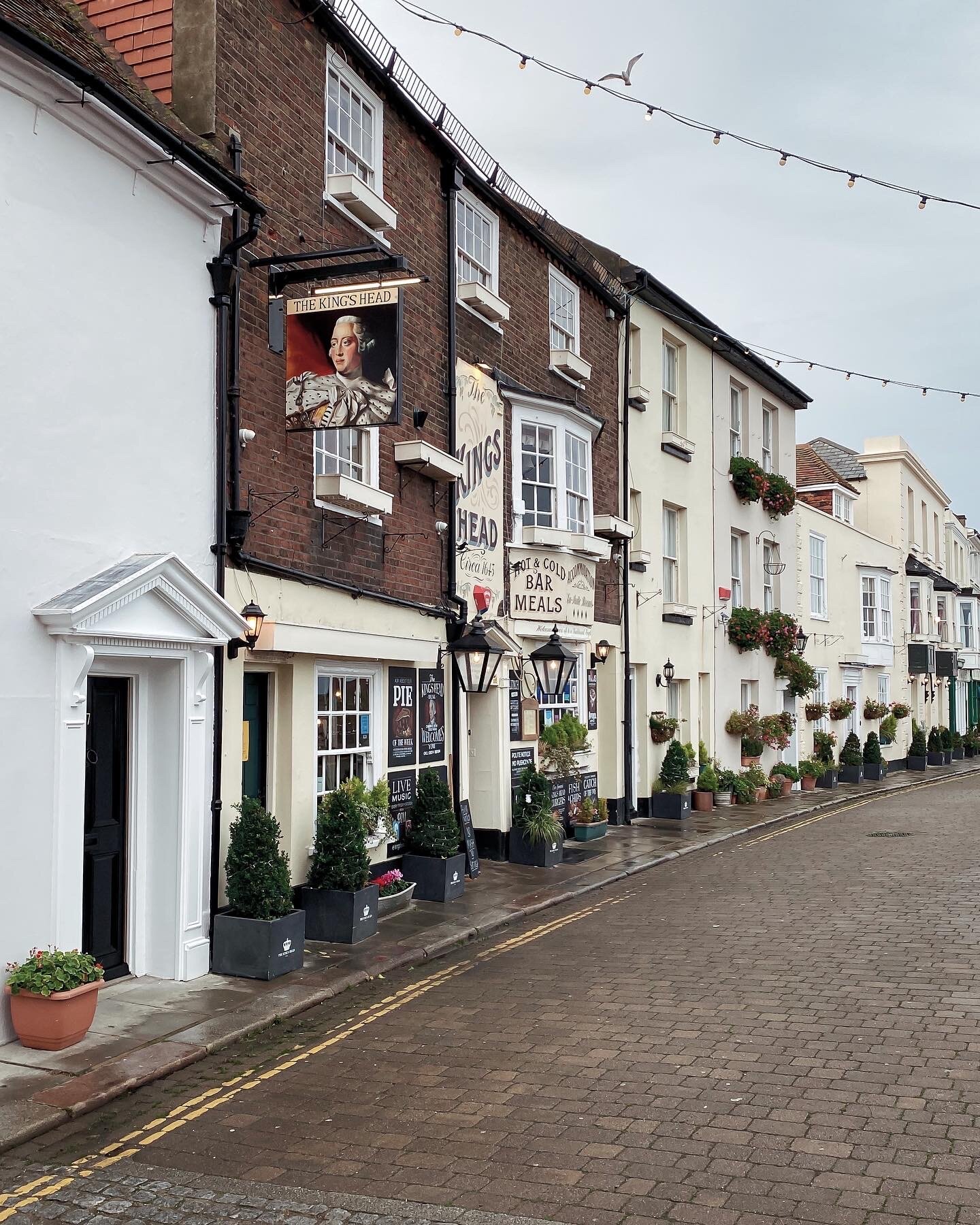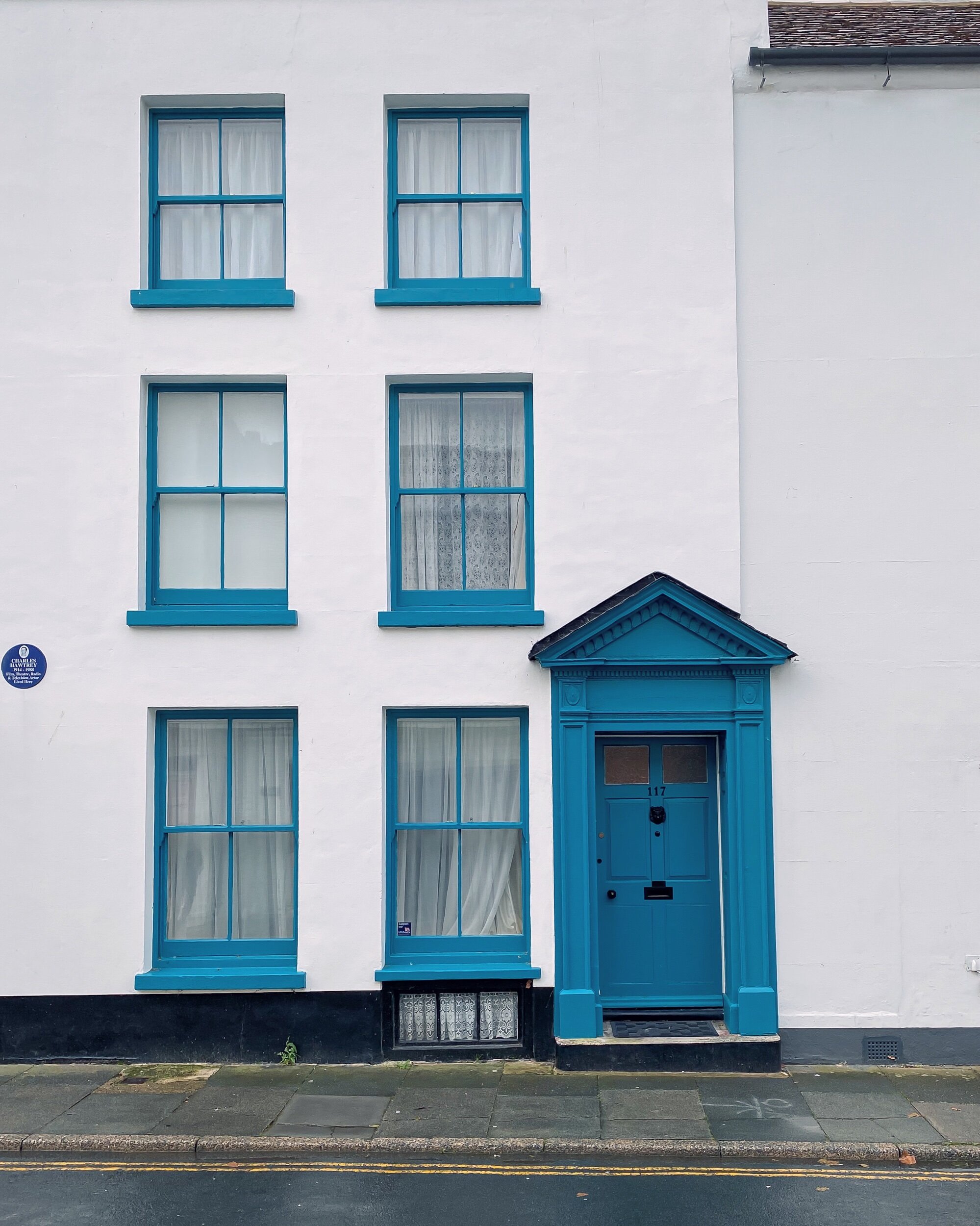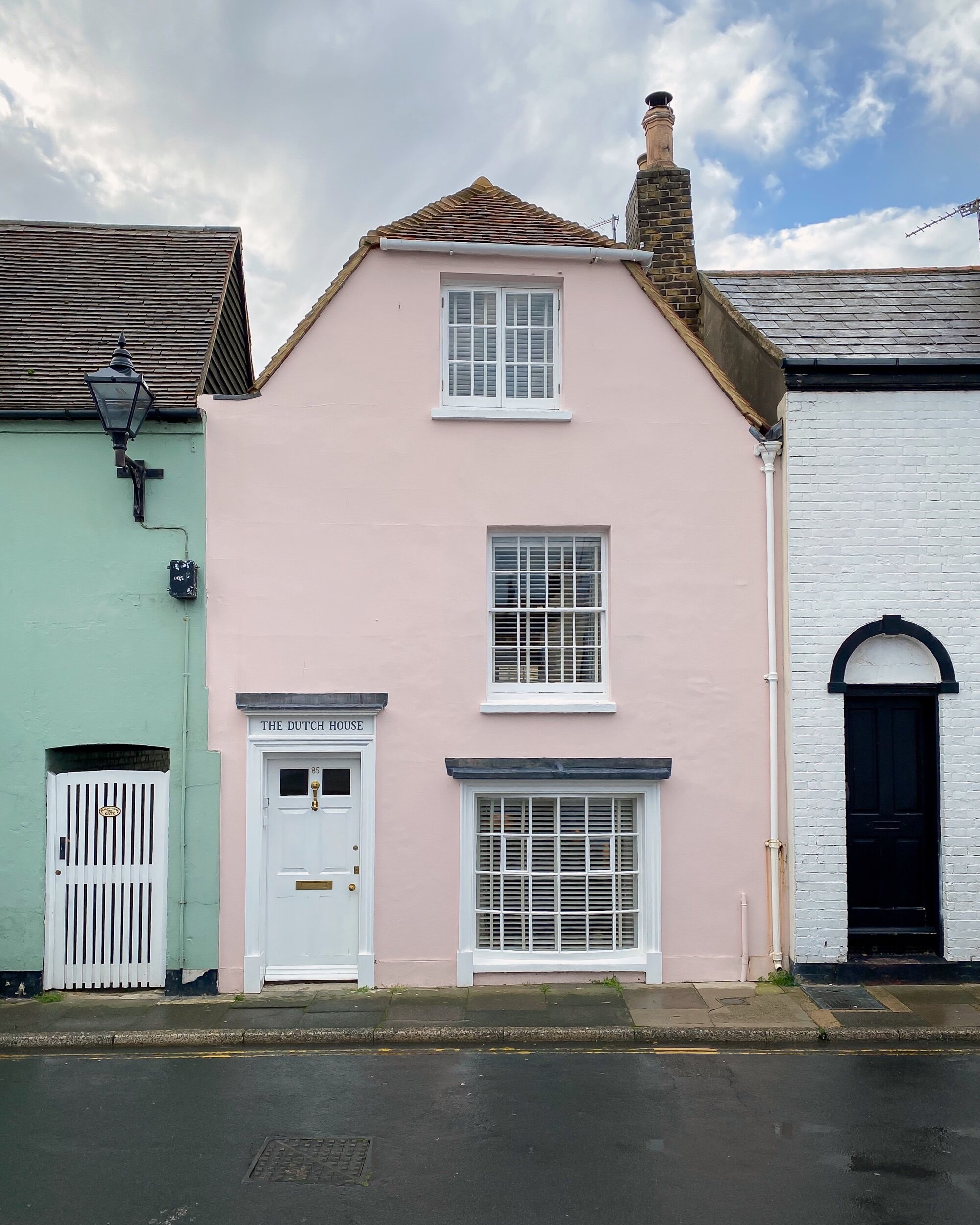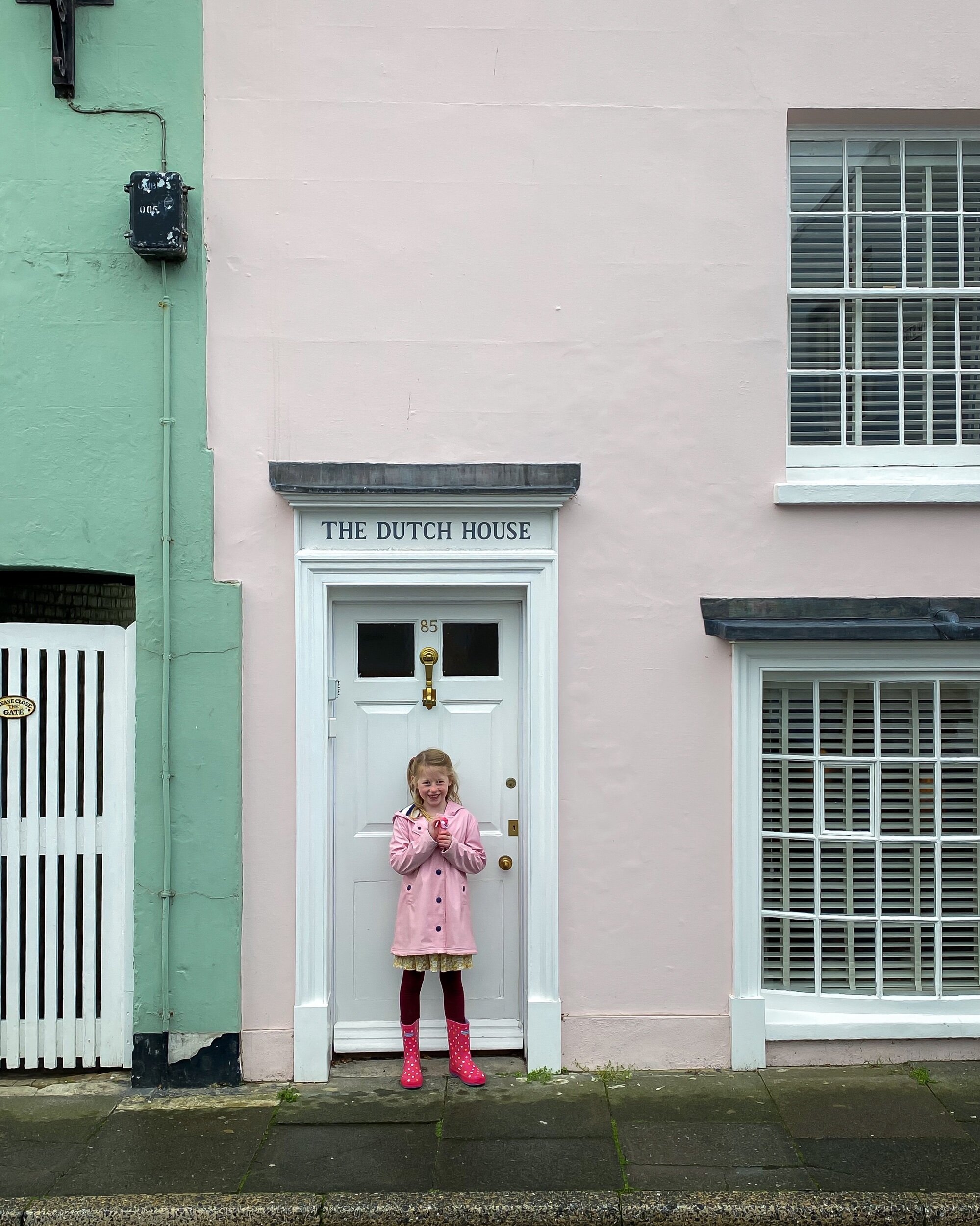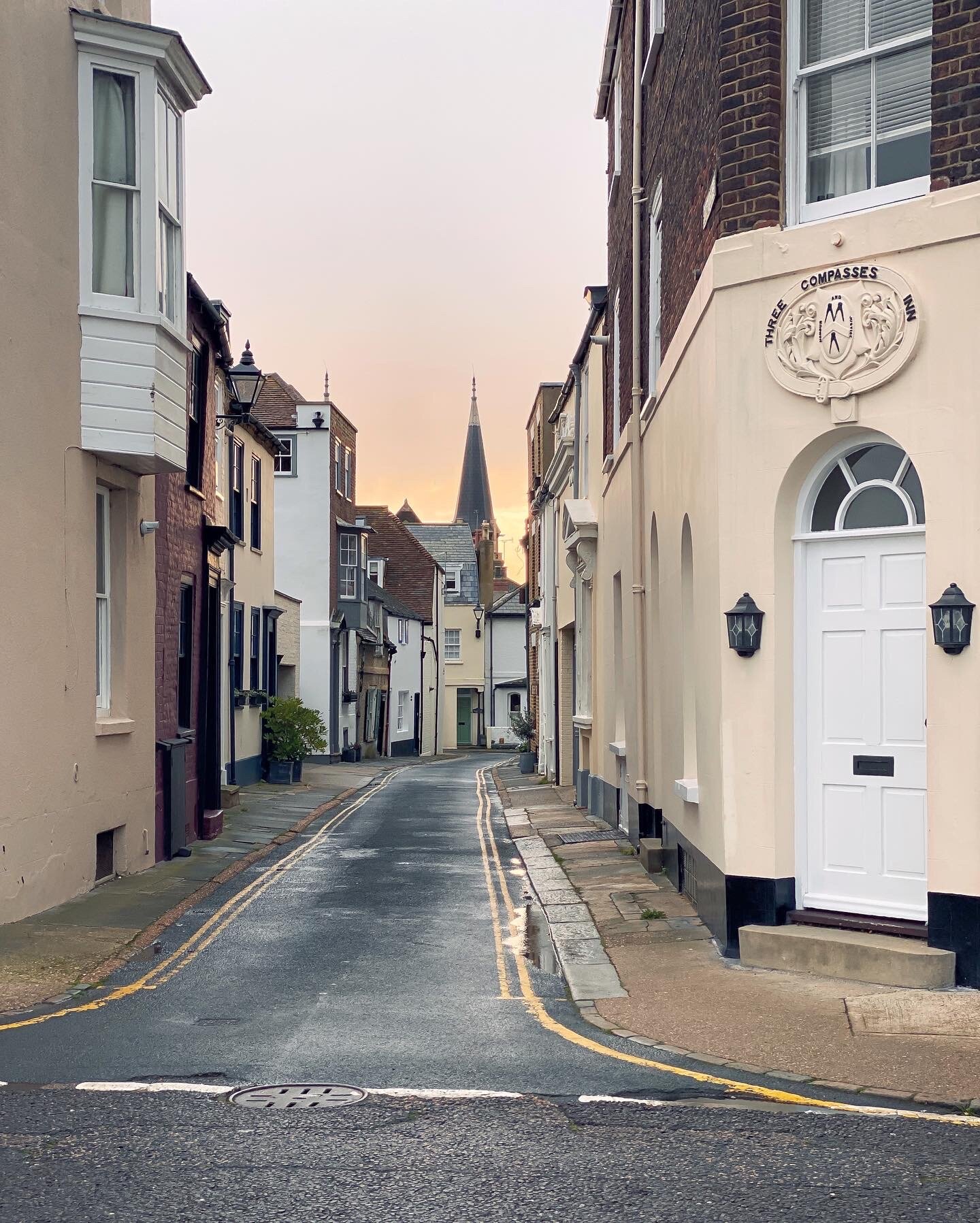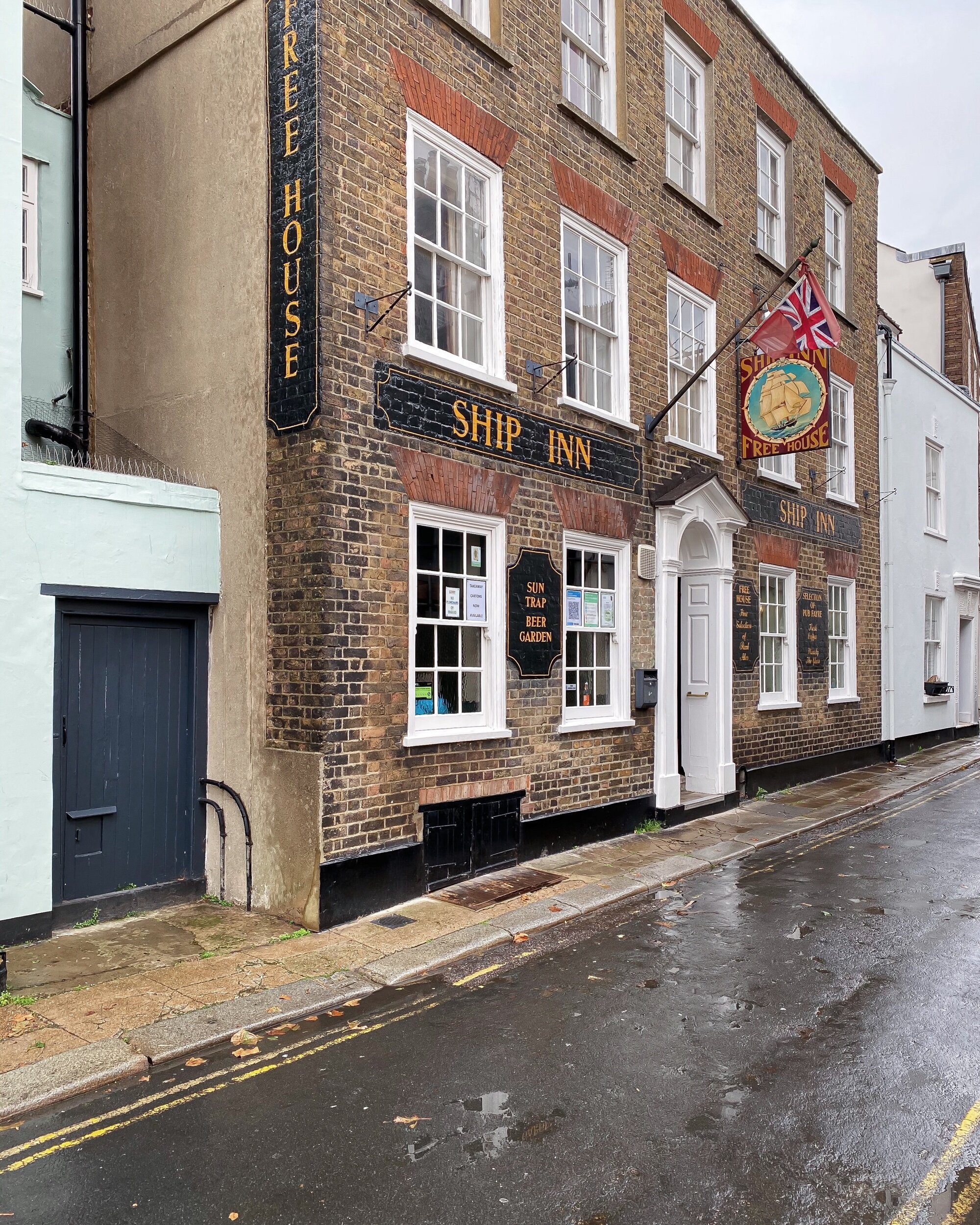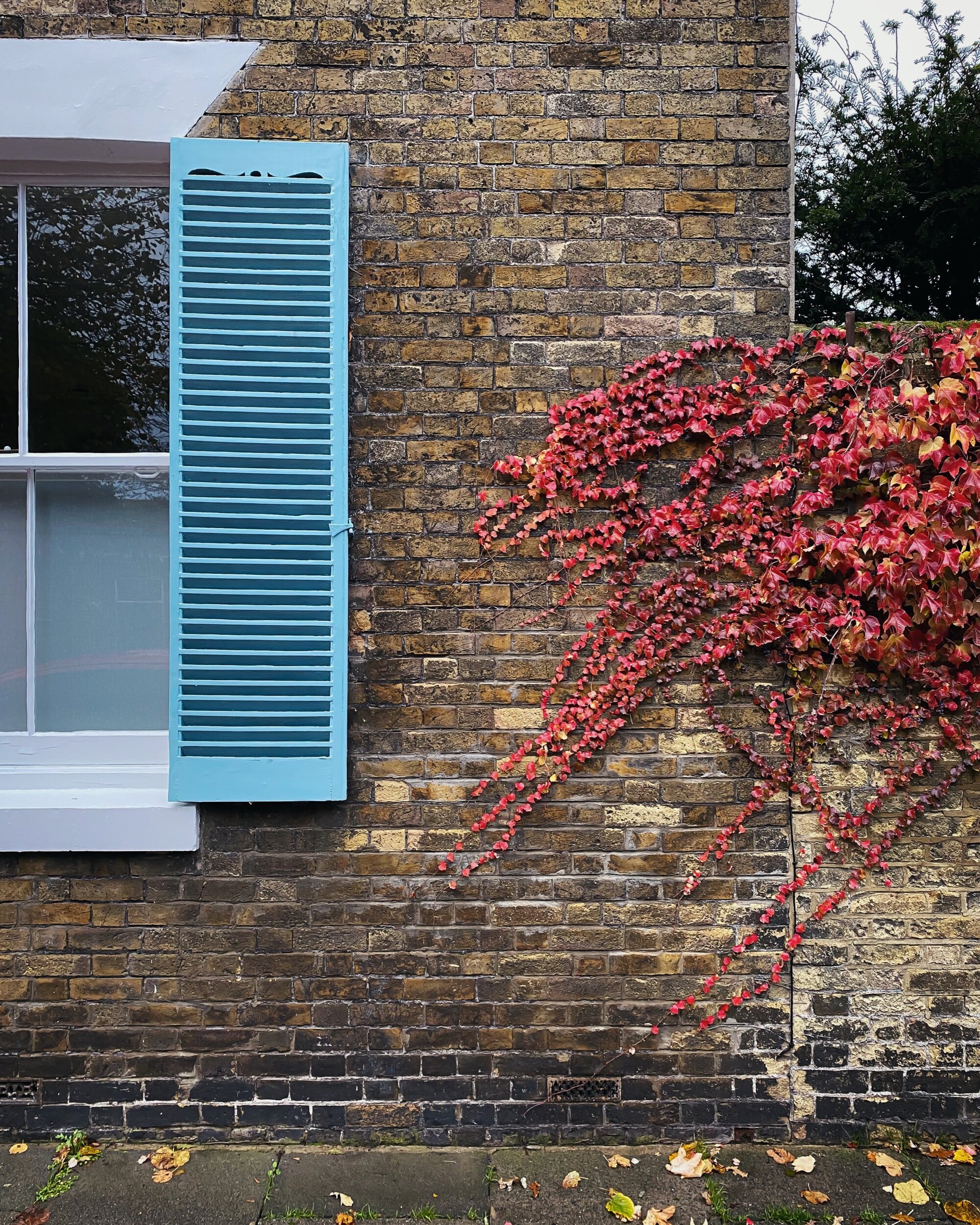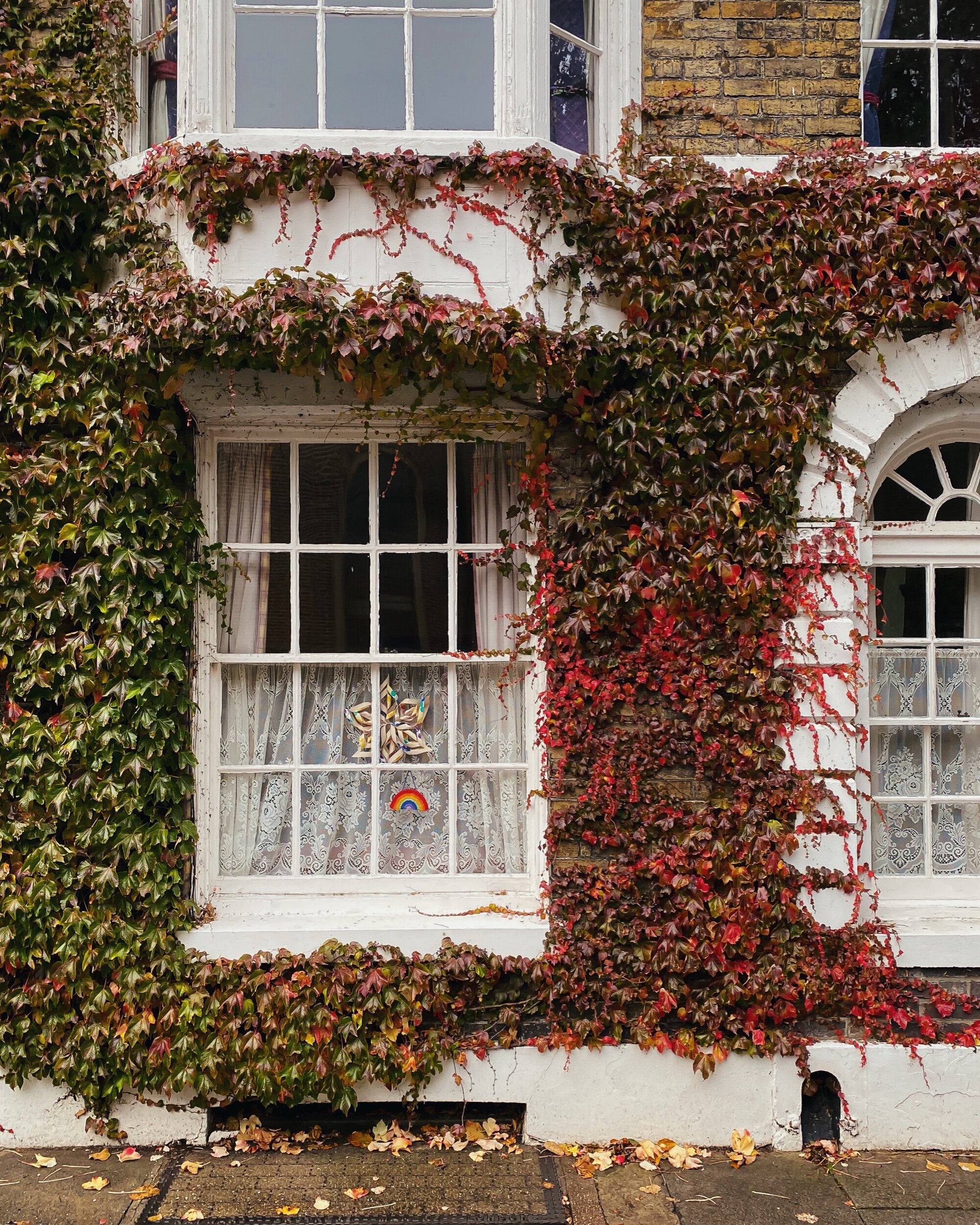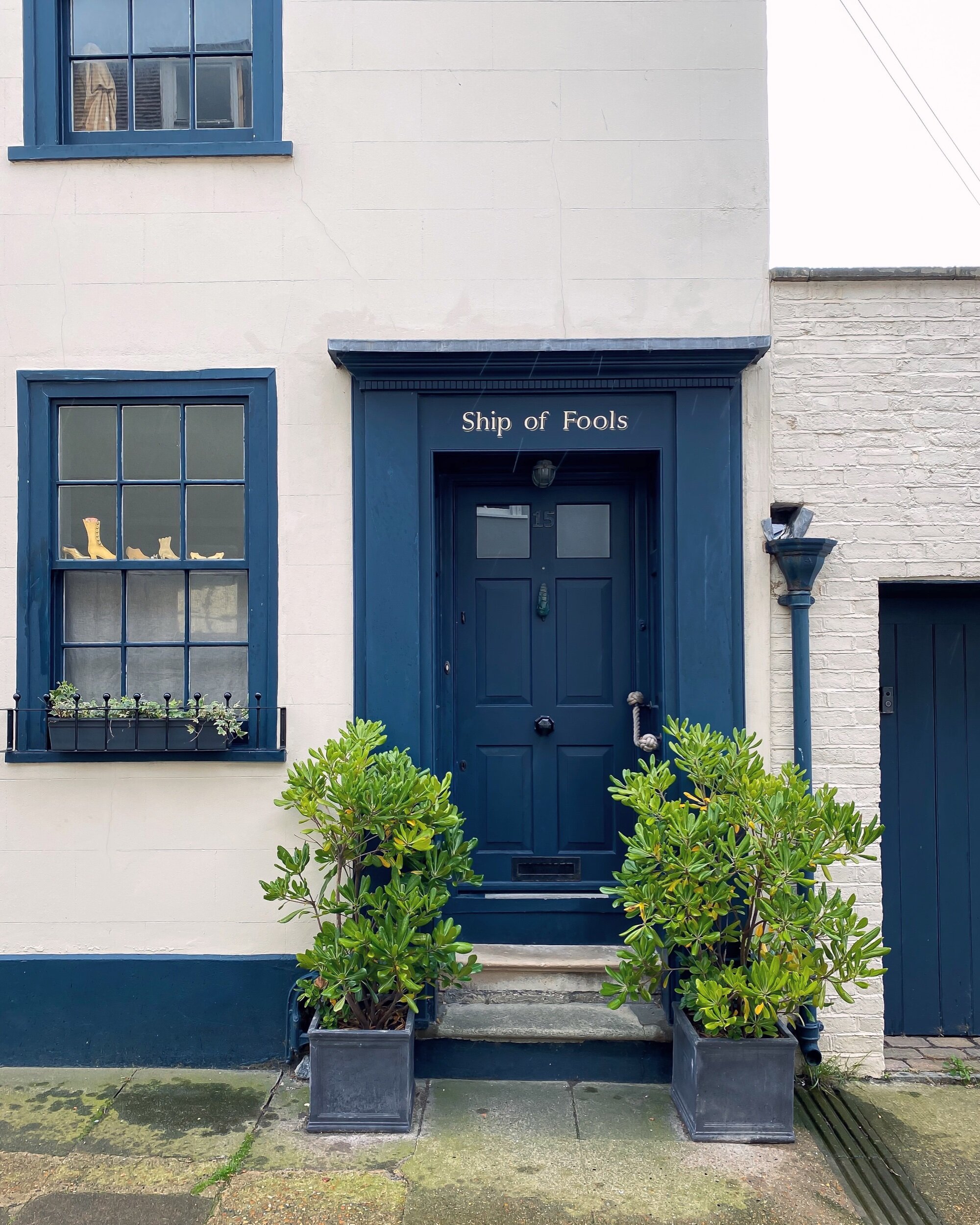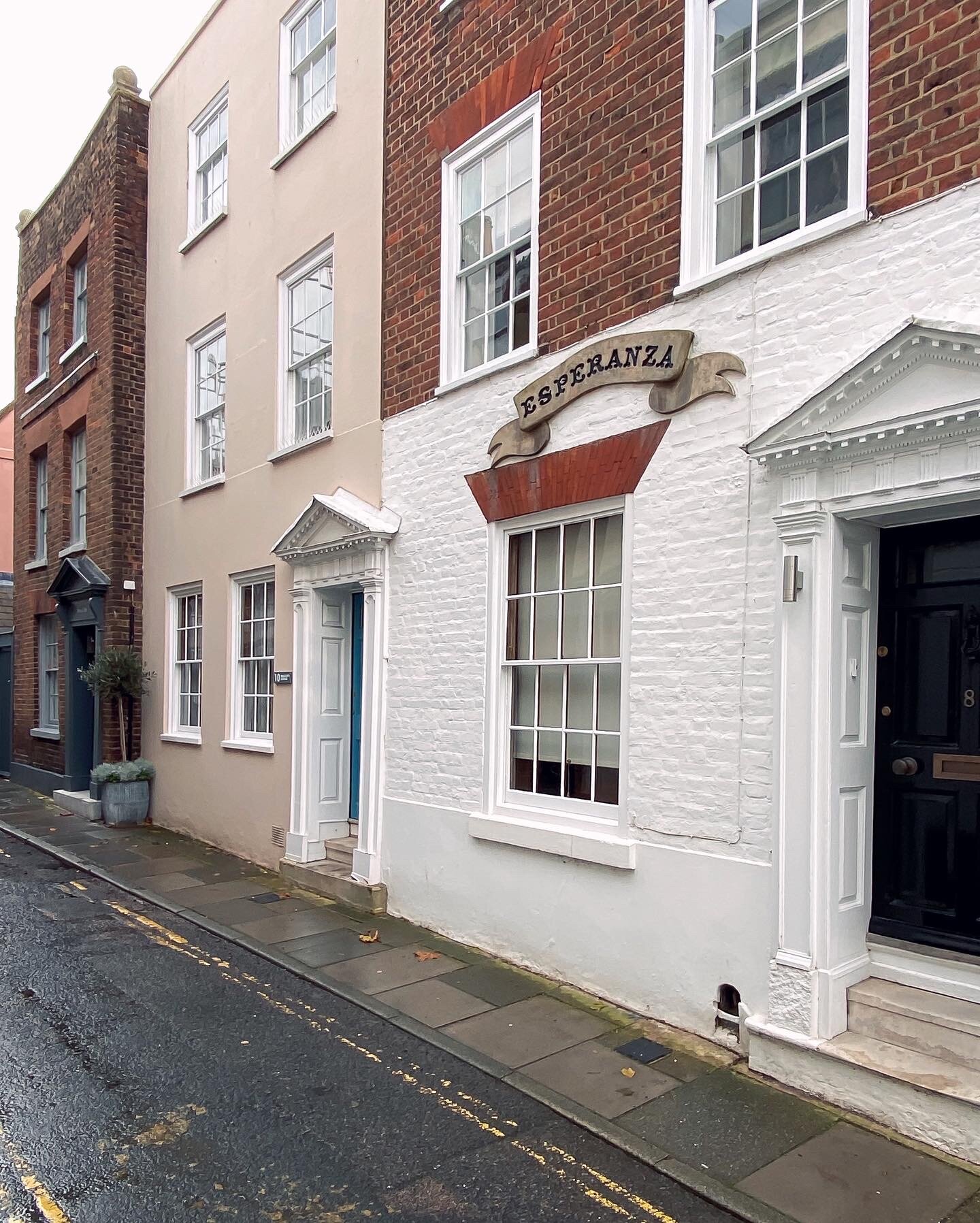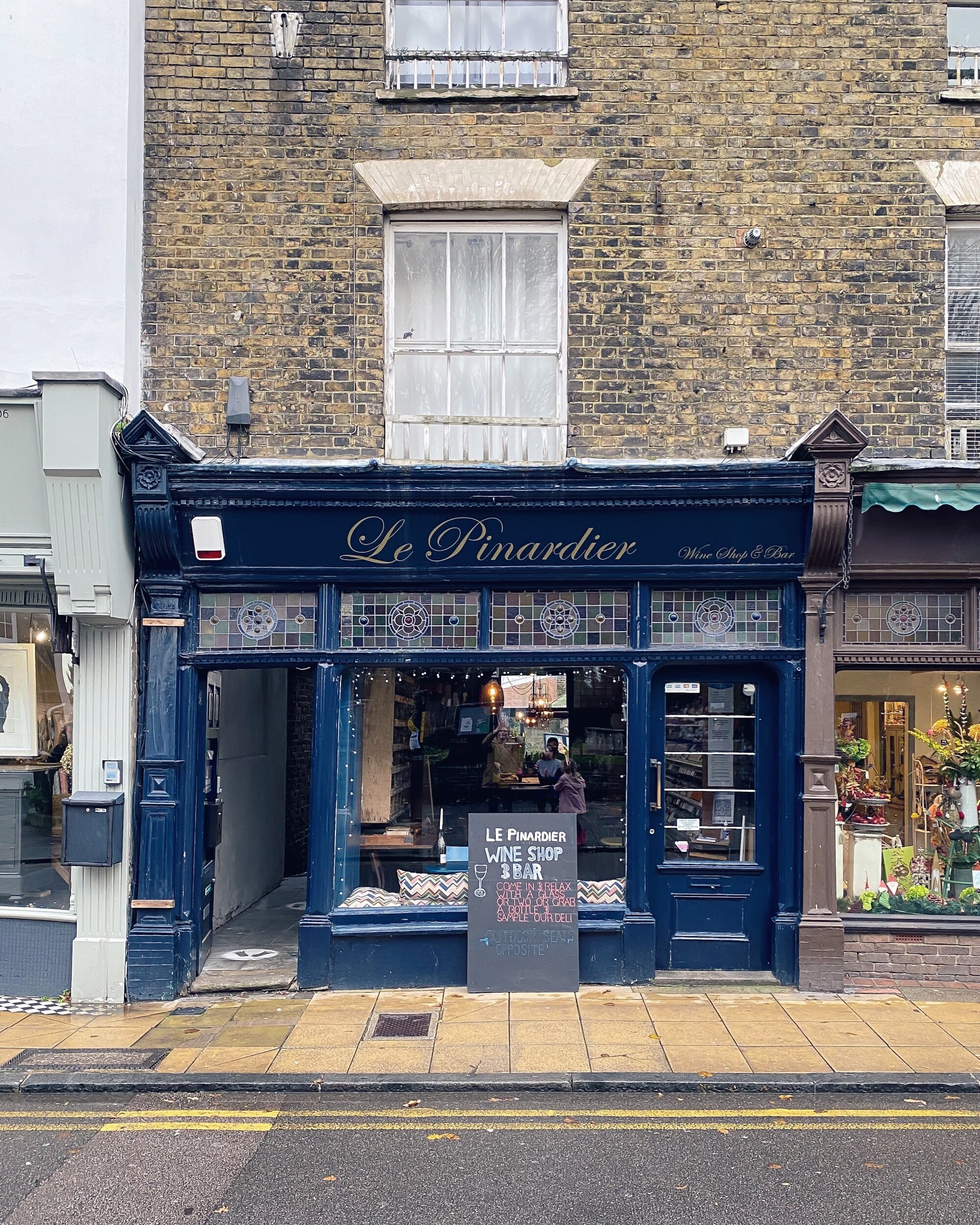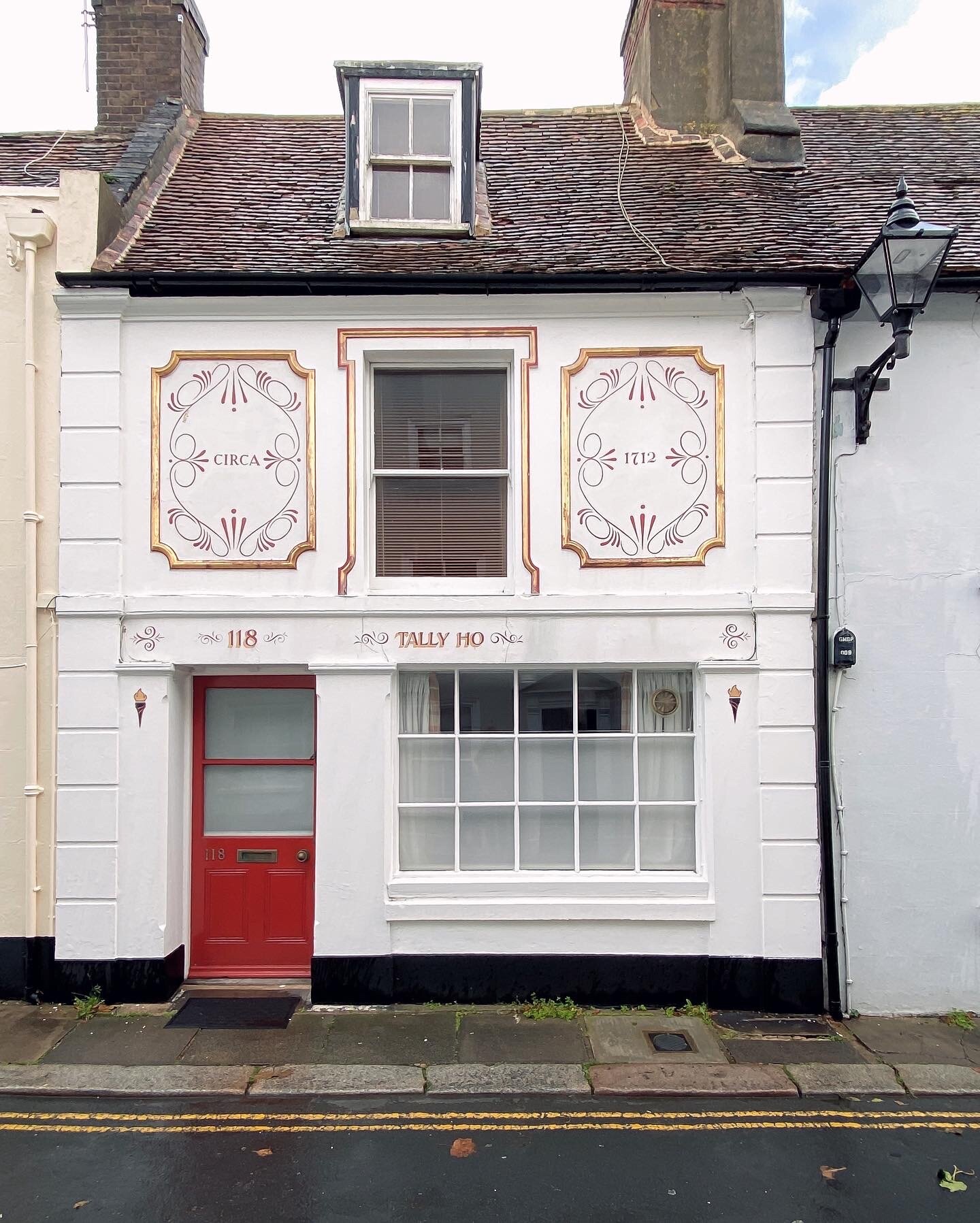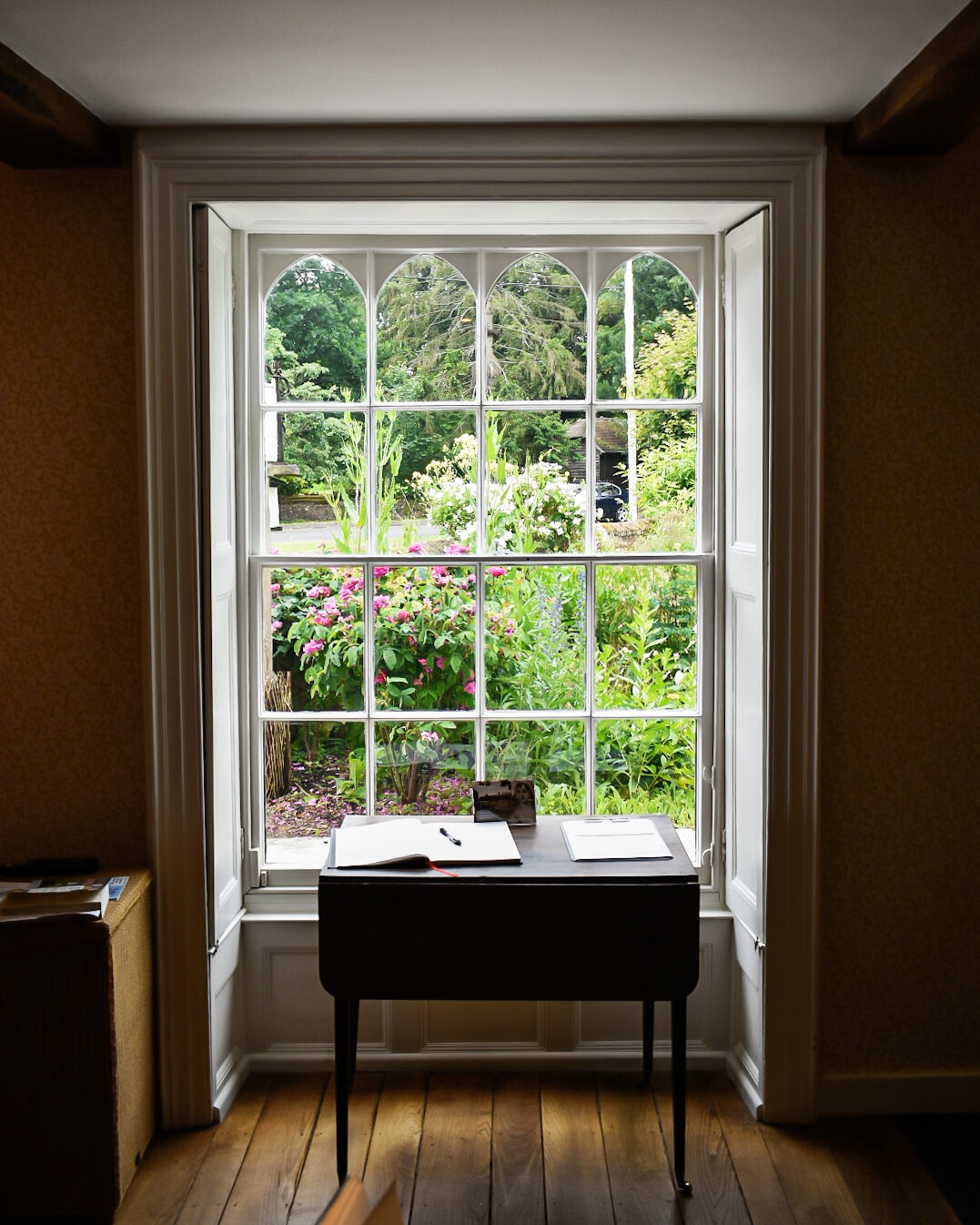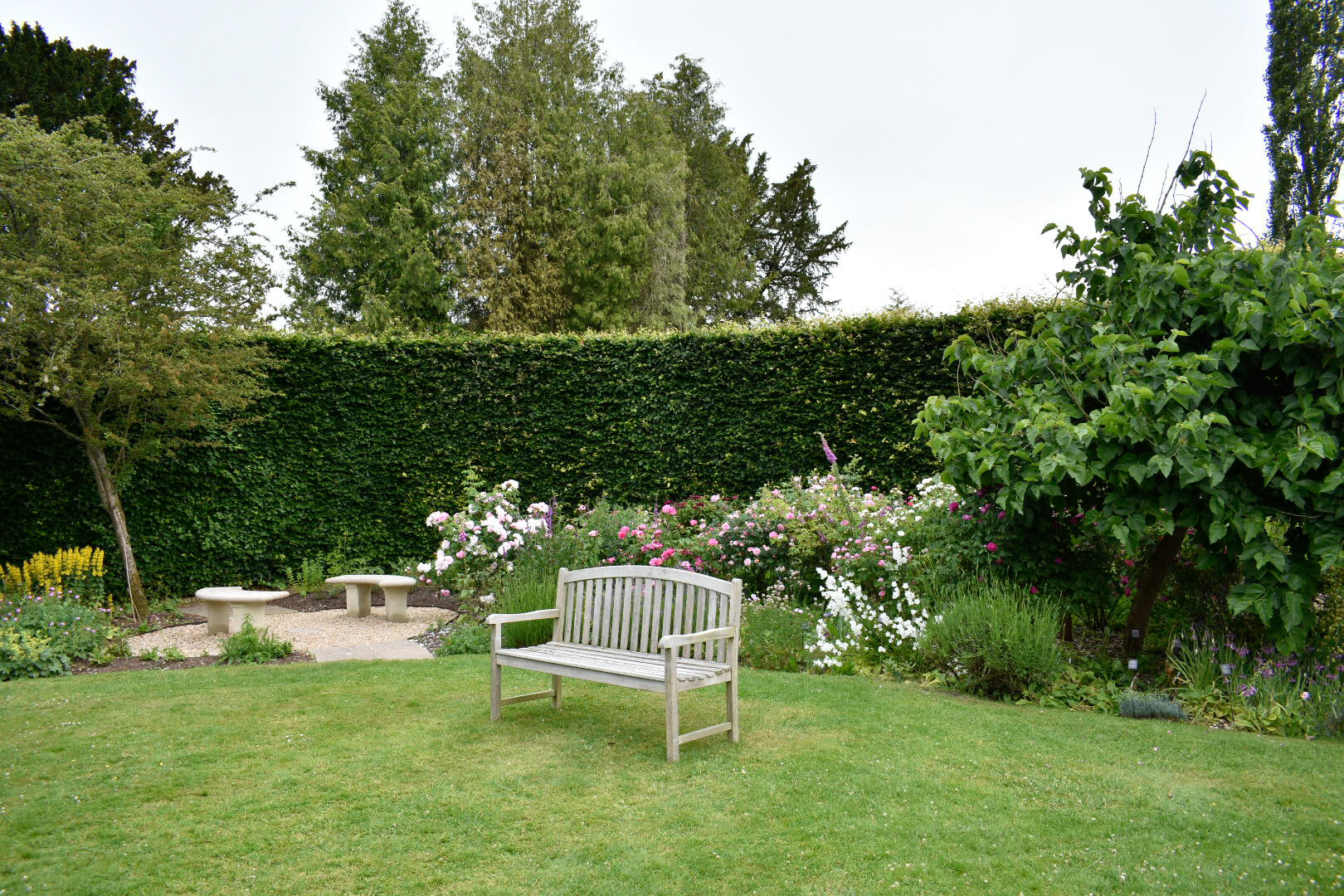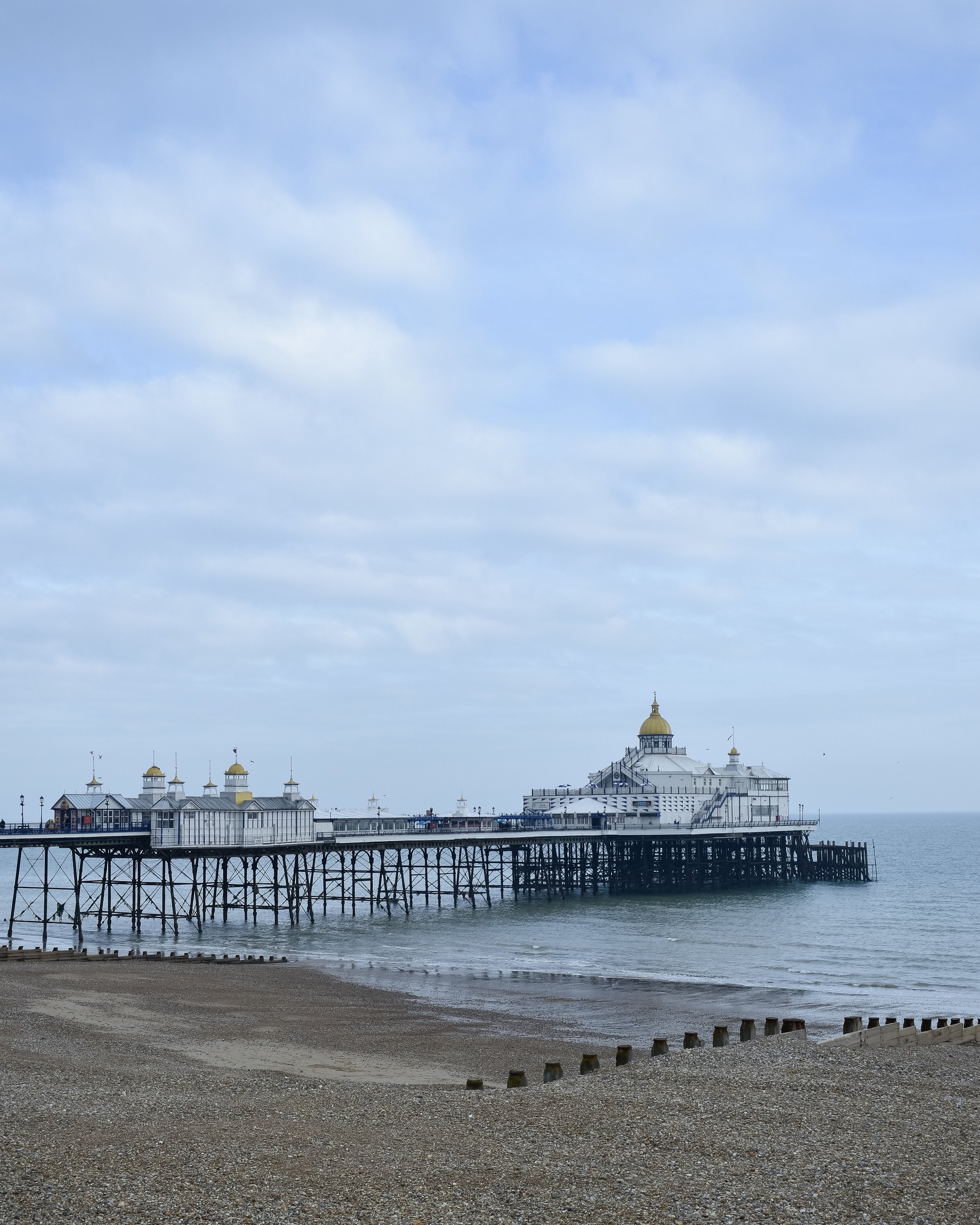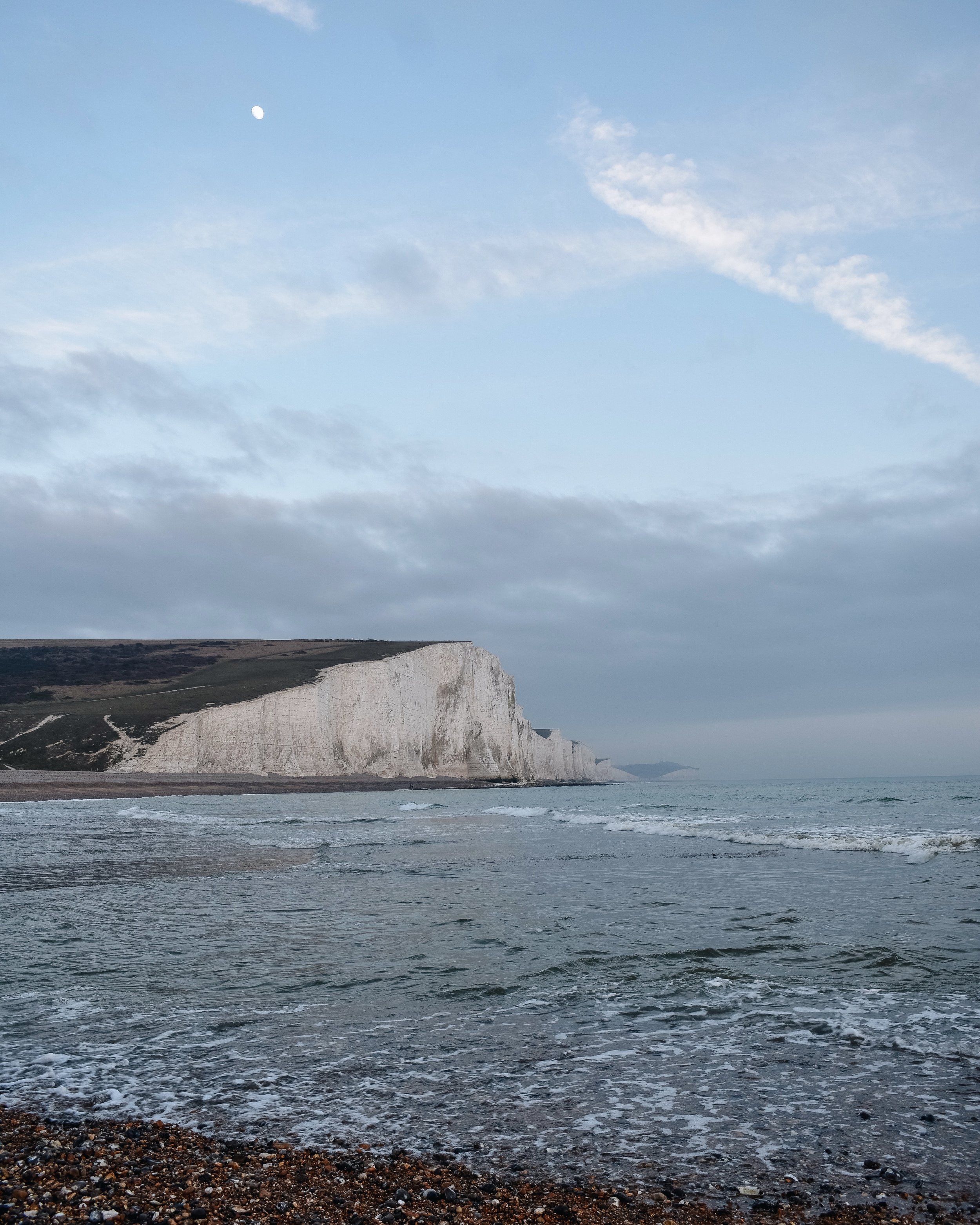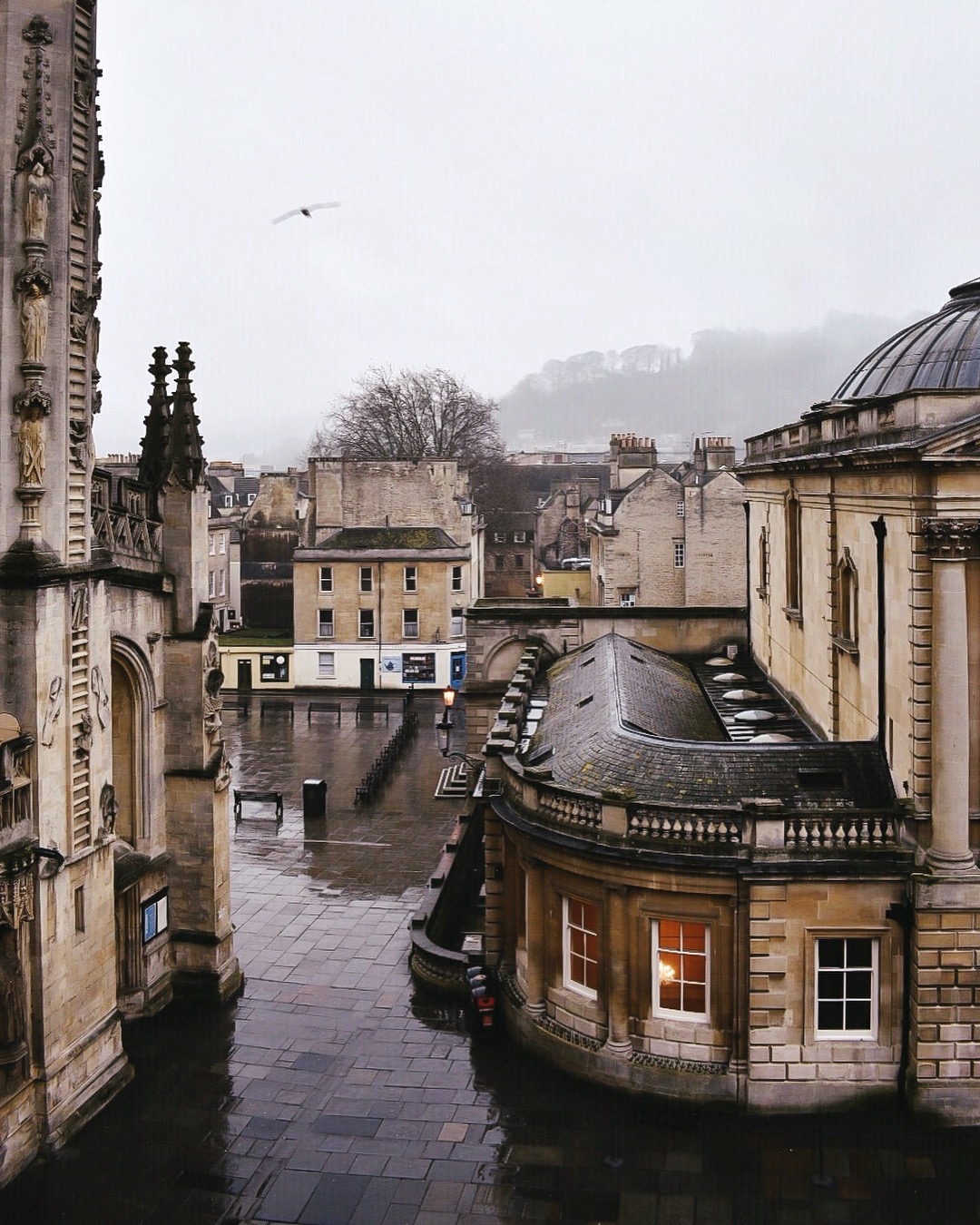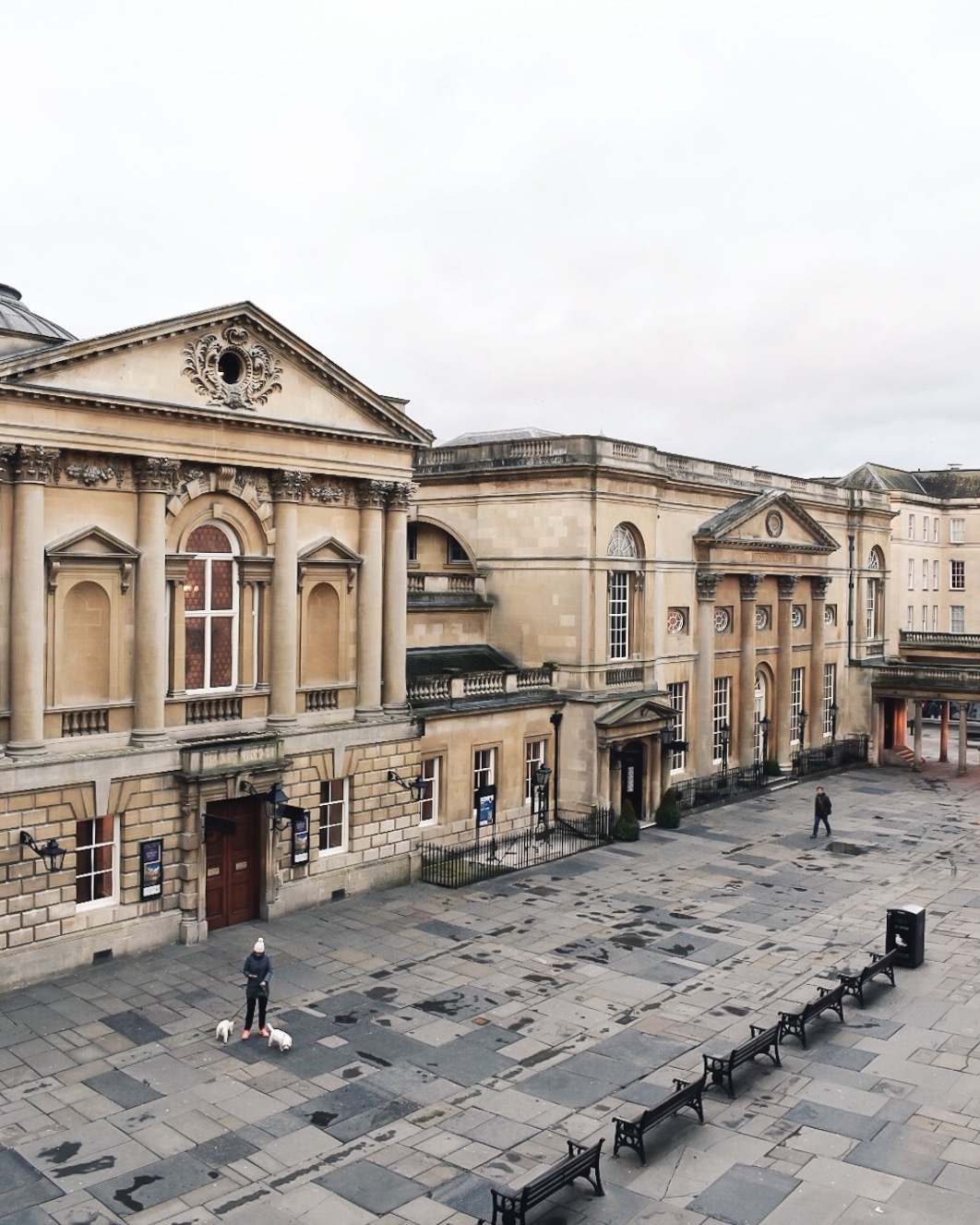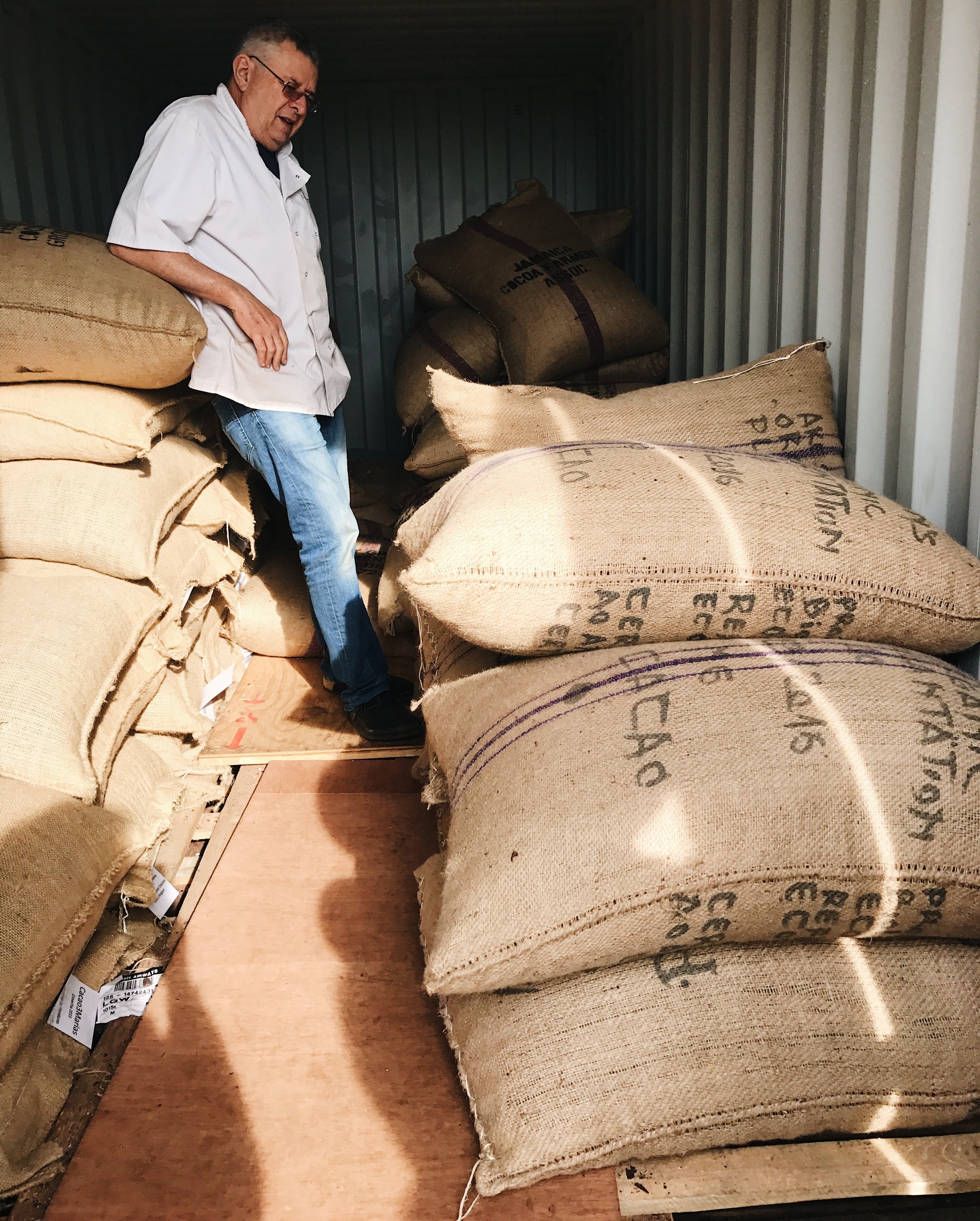Approaching Sissinghurst Castle, once the home of Vita Sackville-West and famed for its gardens, you see a long, low, homely looking building, almost like an overgrown farmhouse but for the tower behind it which gives it a grander air. As it turns out, the house sits on the site of a Saxon pig farm, and the oldest parts of the current buildings date from the 1530s. In the mid-18th century it was used as a prison for up to 3,000 French sailors captured during the Seven Years War. Surrounded by higgledy piggledy outbuildings which seem to have a jumble of roofs and gables, it is the centre of a world-famous garden conceived of and created by author and poet Vita Sackville-West during the 1930s and 40s. After her death and that of her husband Harold Nicolson, it passed to the National Trust.
At the moment bookings are restricted — the National Trust opens ticket sales every Friday for all their properties while lockdown restrictions are in place. Usually there are around 3,000 visitors a day to Sissinghurst but at the moment only 600 a day are allowed. It will be absolutely beautiful in early summer, and at only 1-1.5 hours’ drive from London, it’s an ideal day trip. The wider estate has some lovely woodland walks; we sat huddled in our winter coats (but enjoying gorgeous sunshine) while we had a picnic with friends, but as with many National Trust properties there are food and drink options on site (although takeaway only at the moment).
